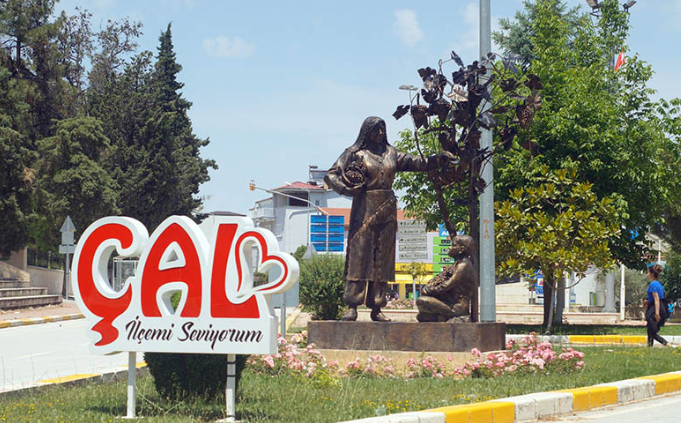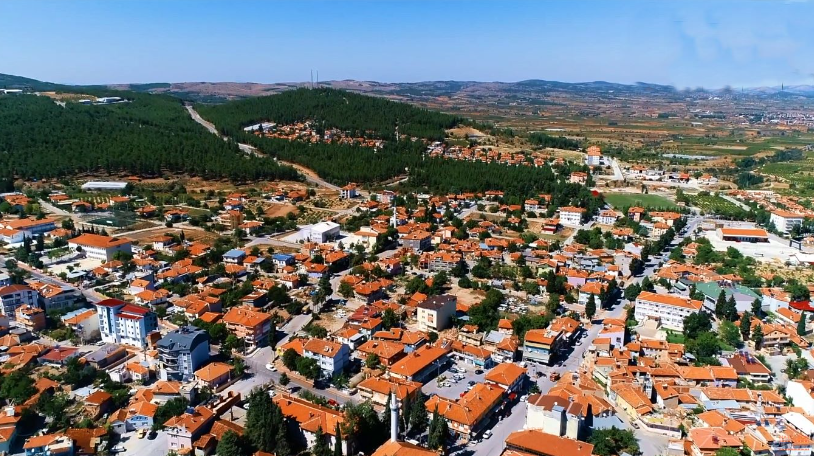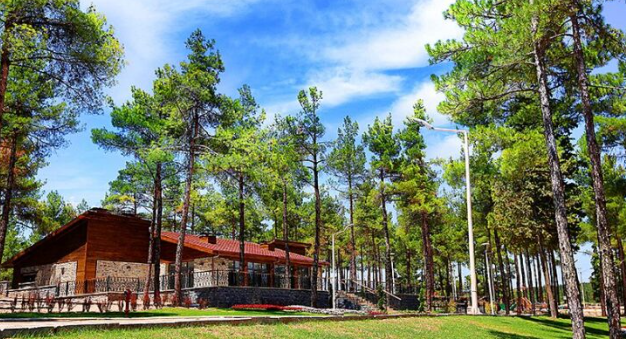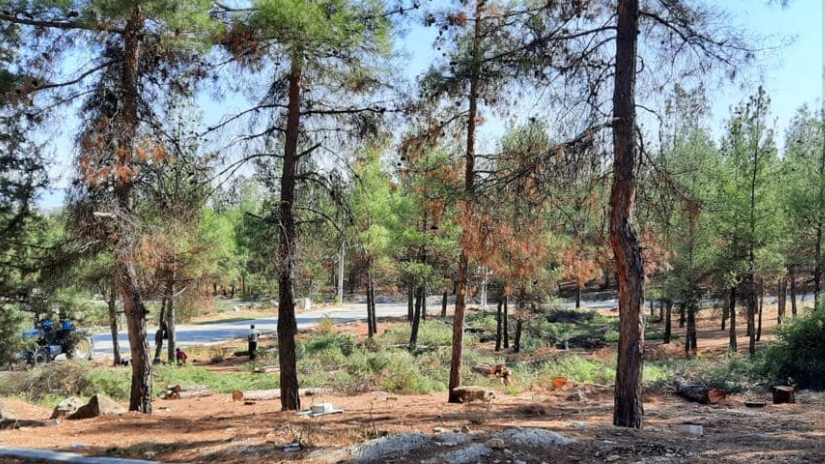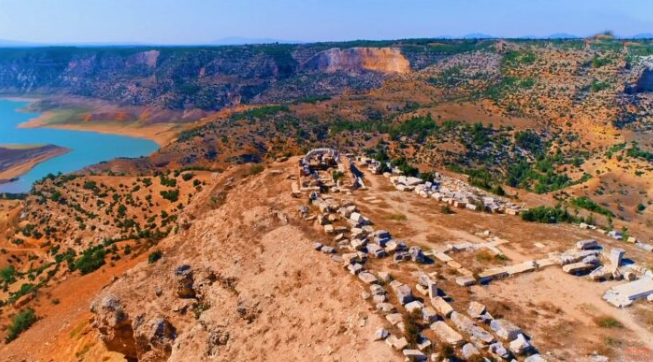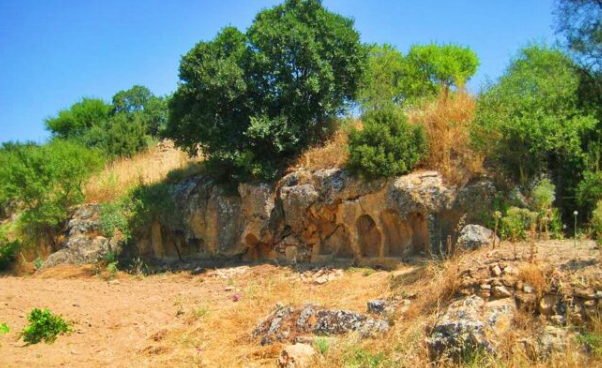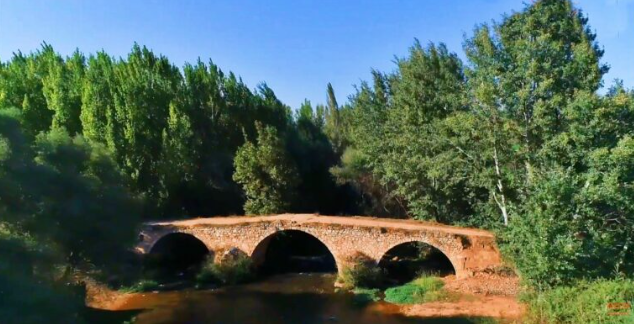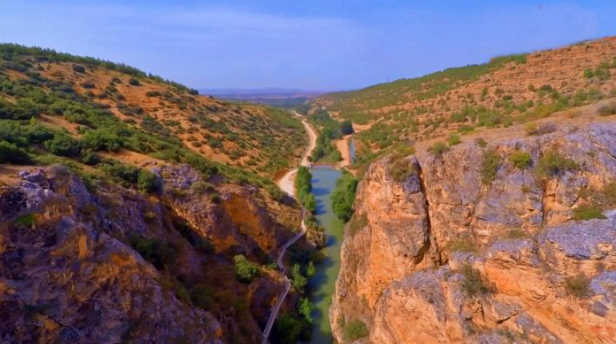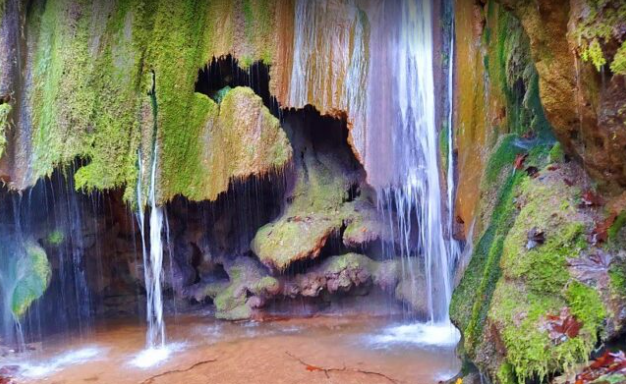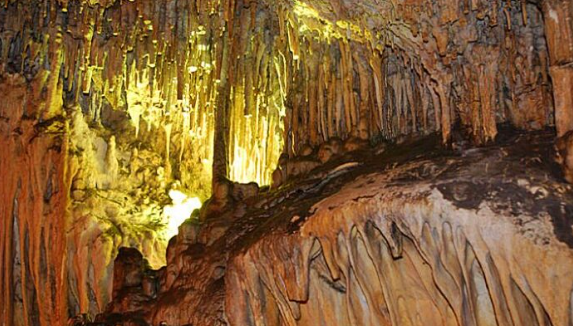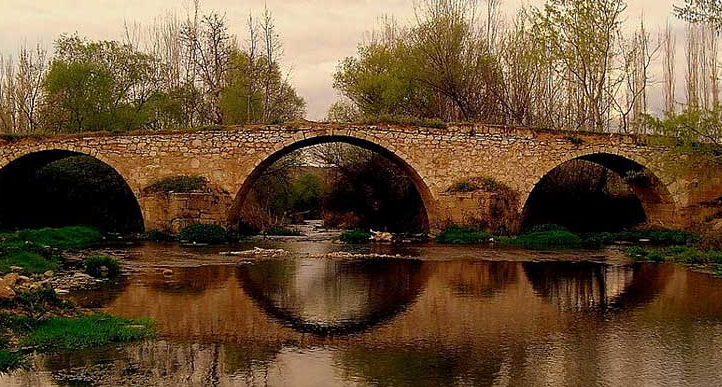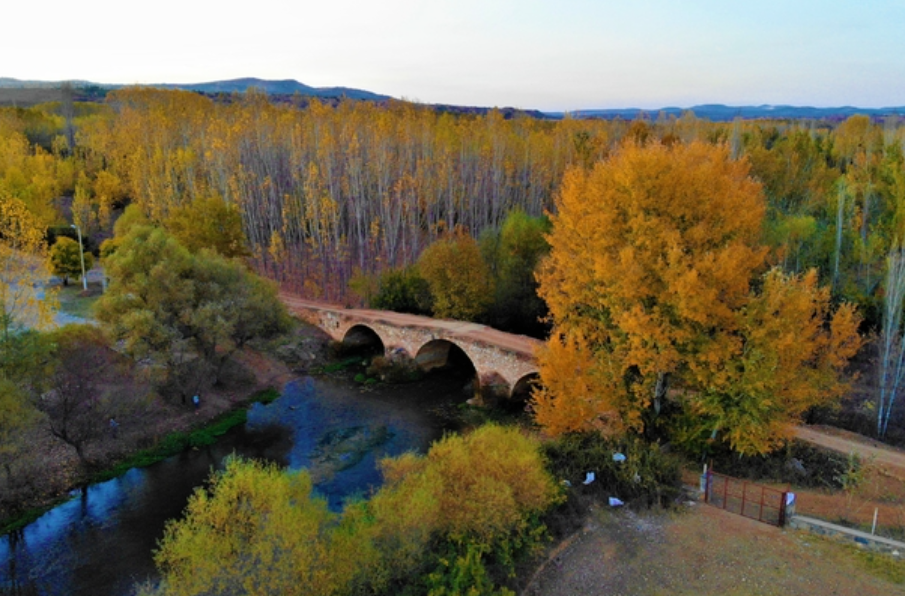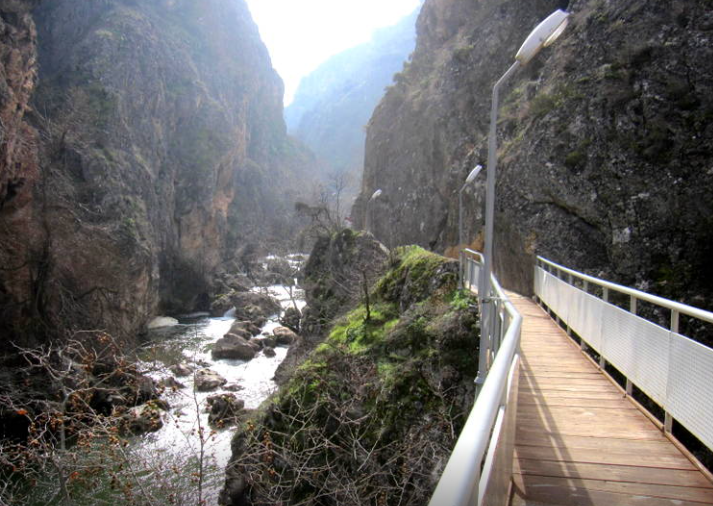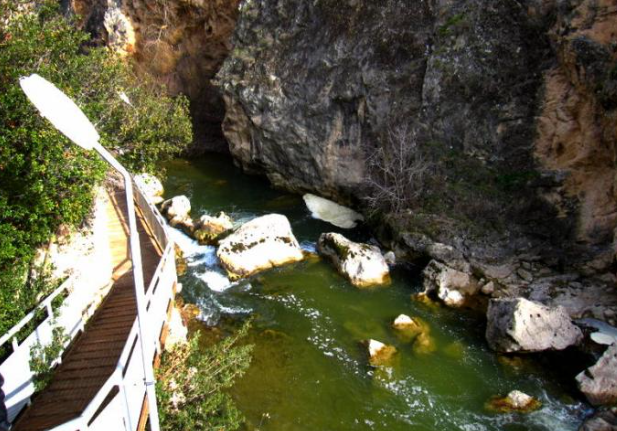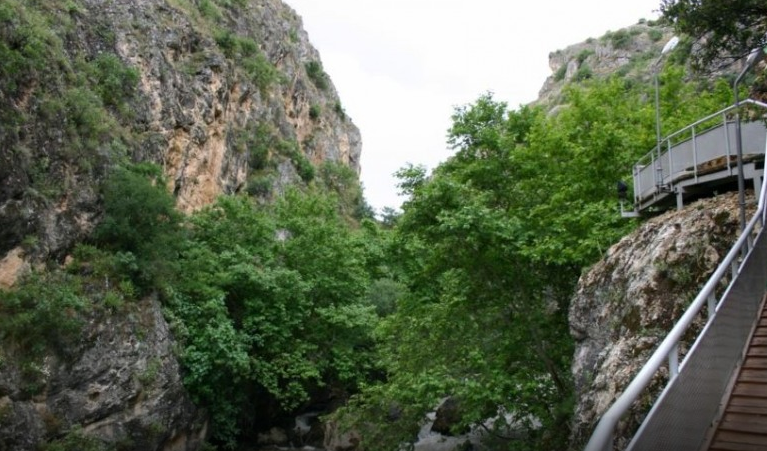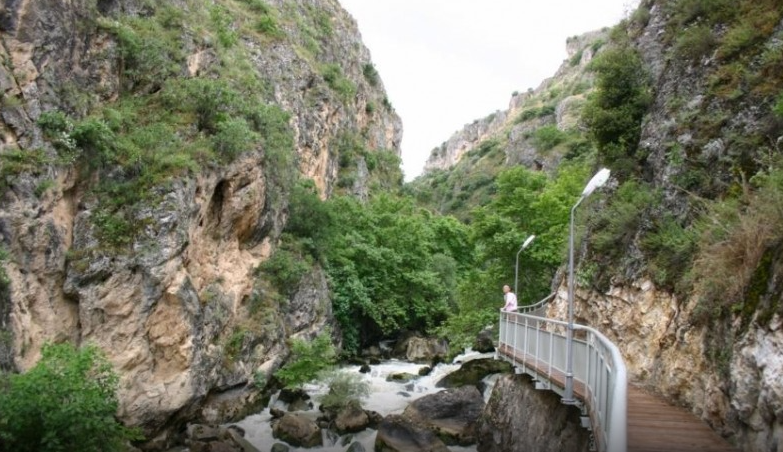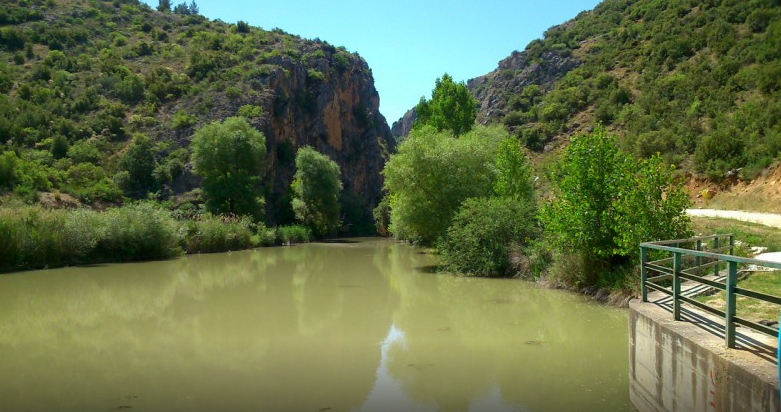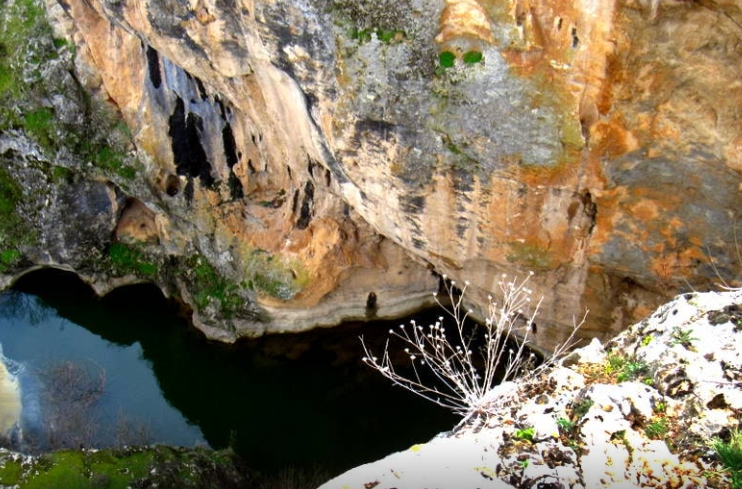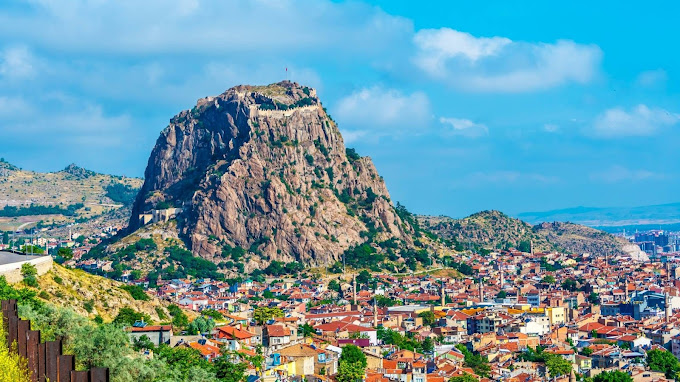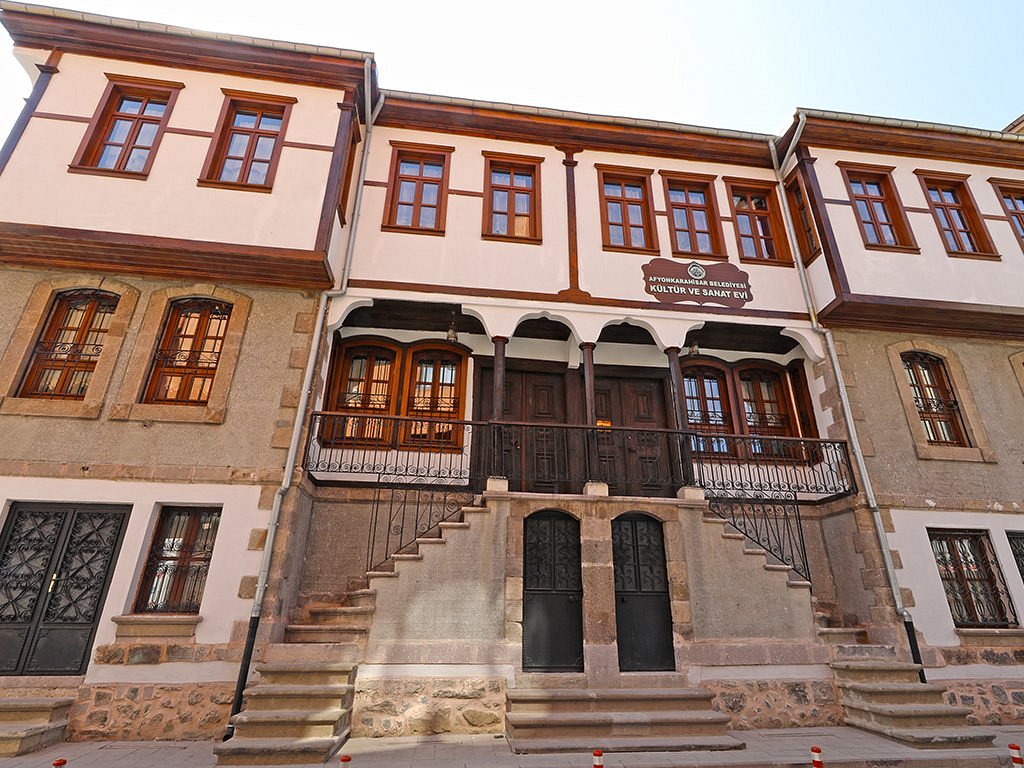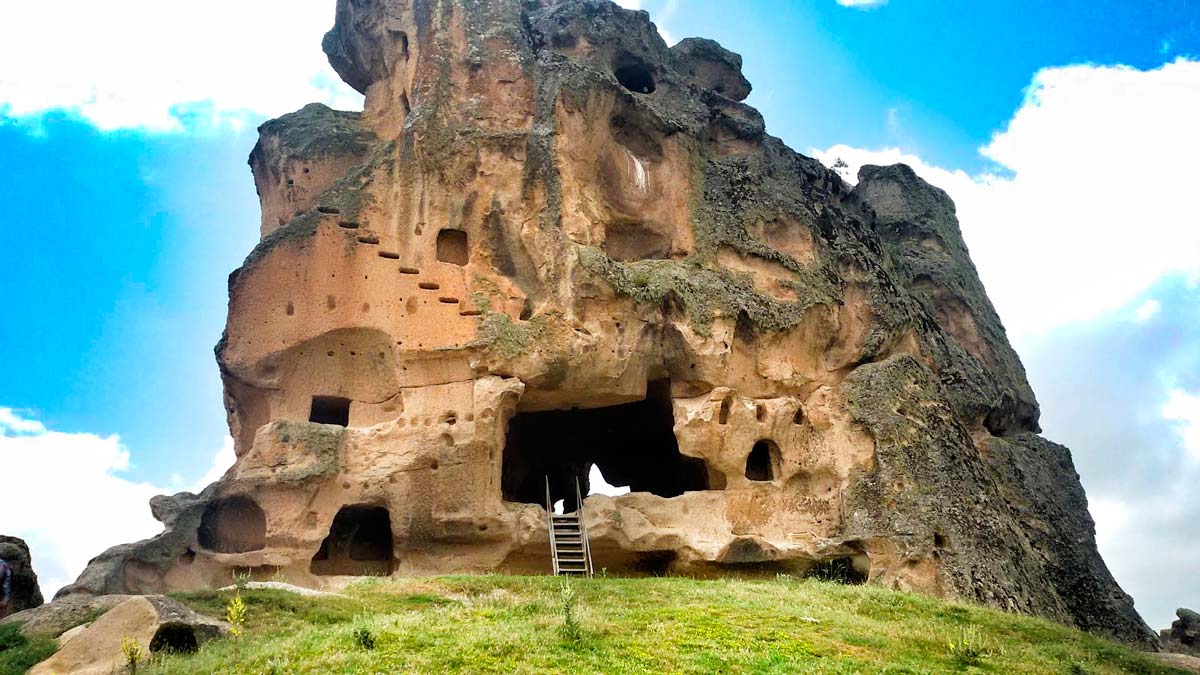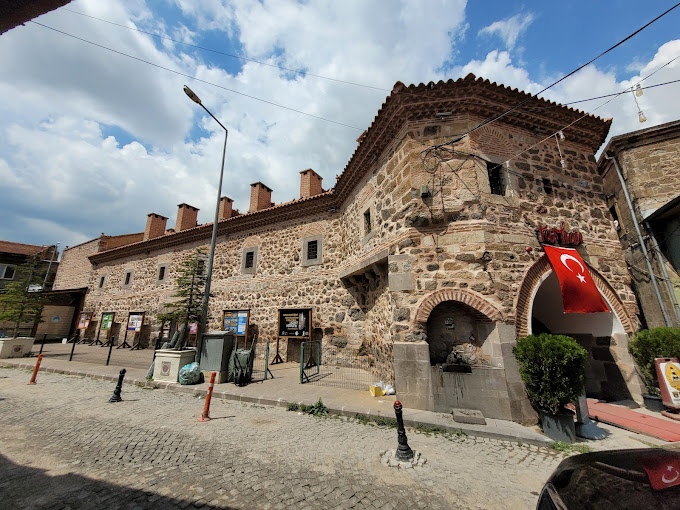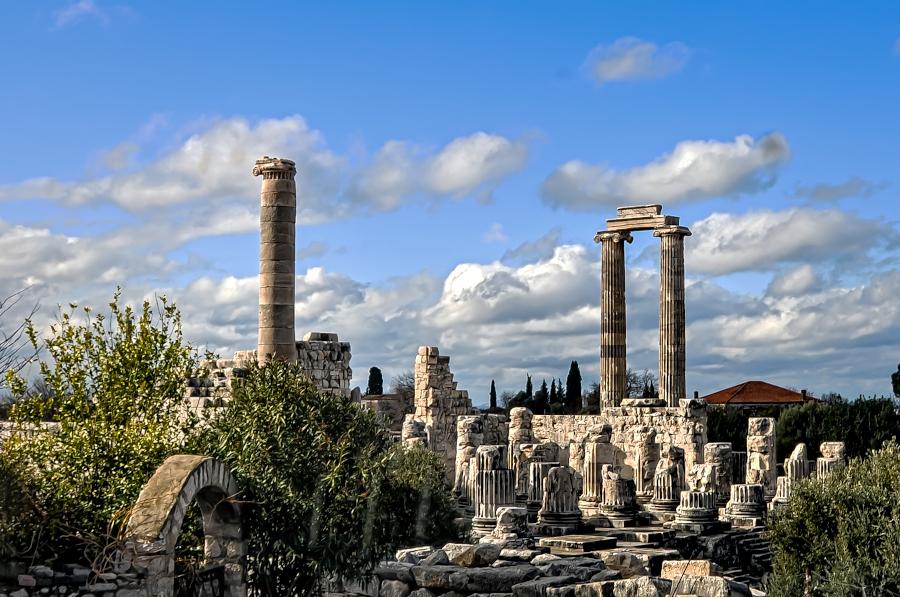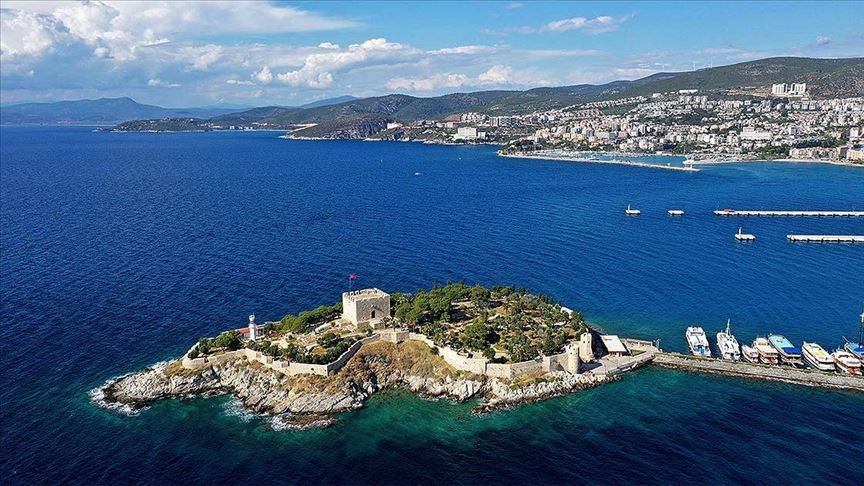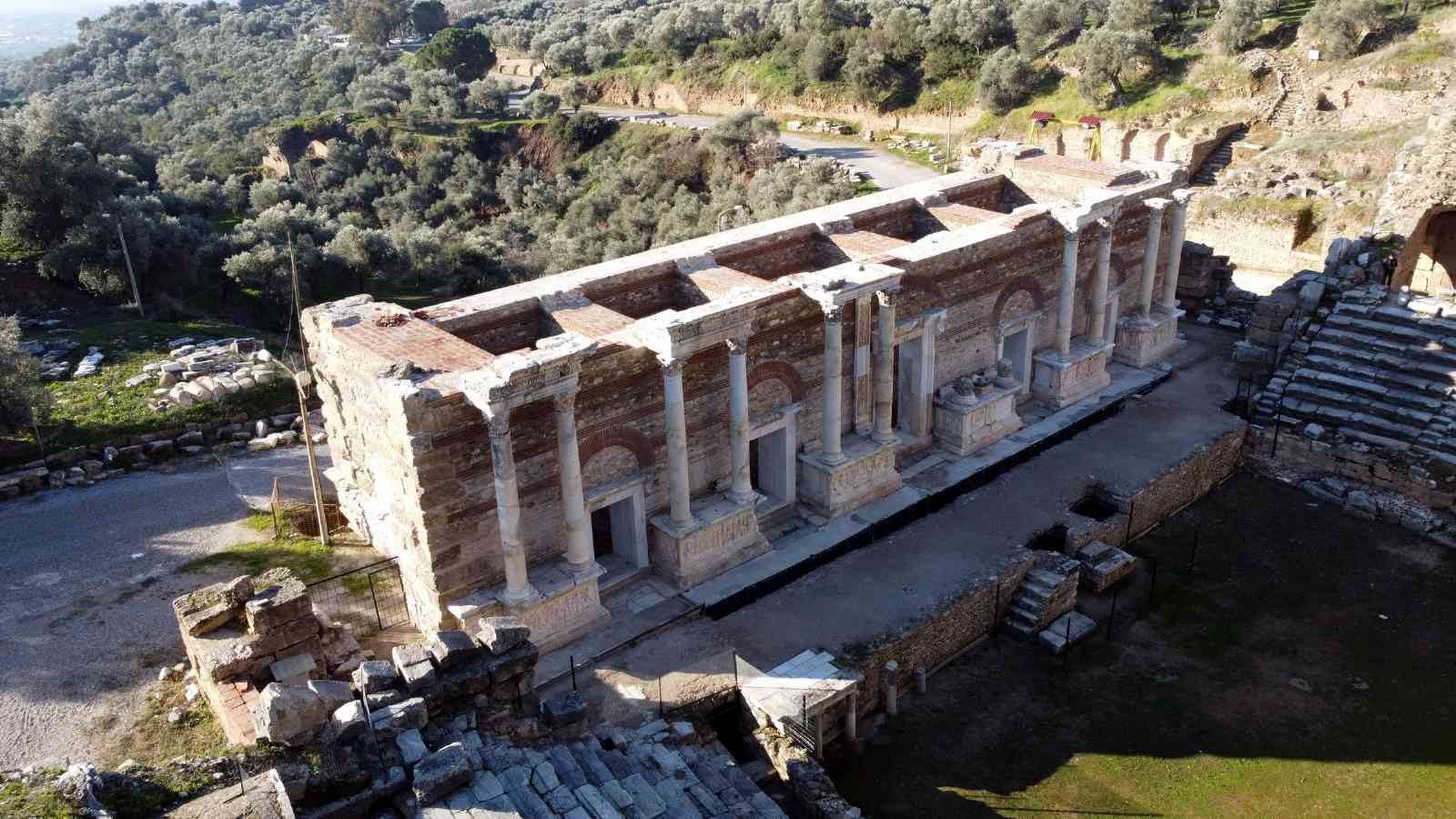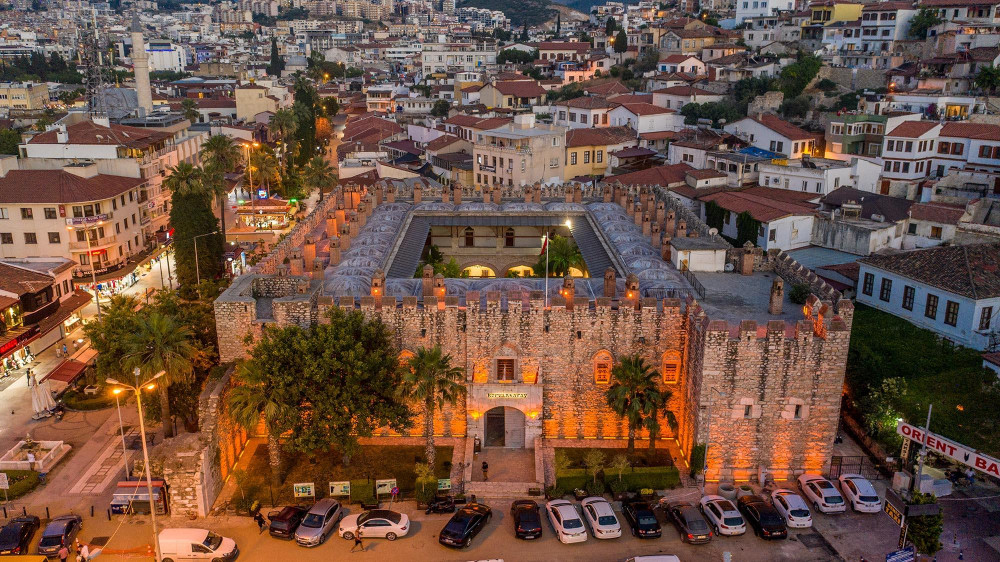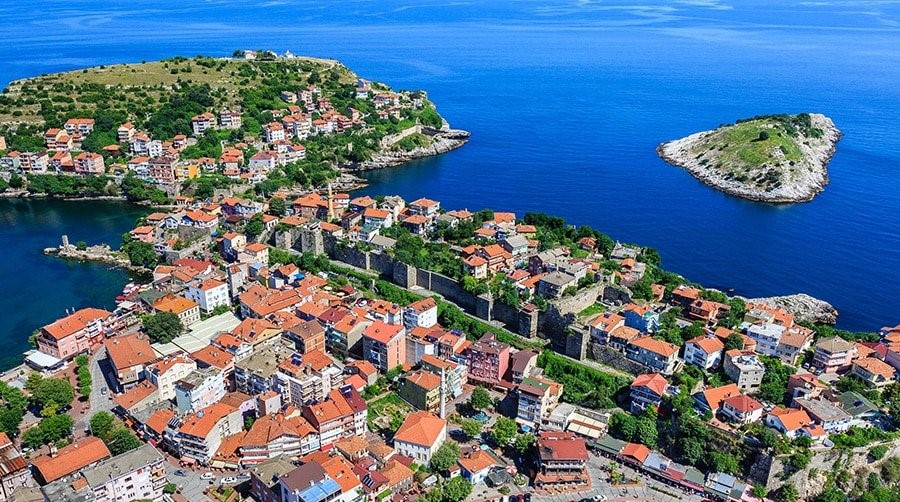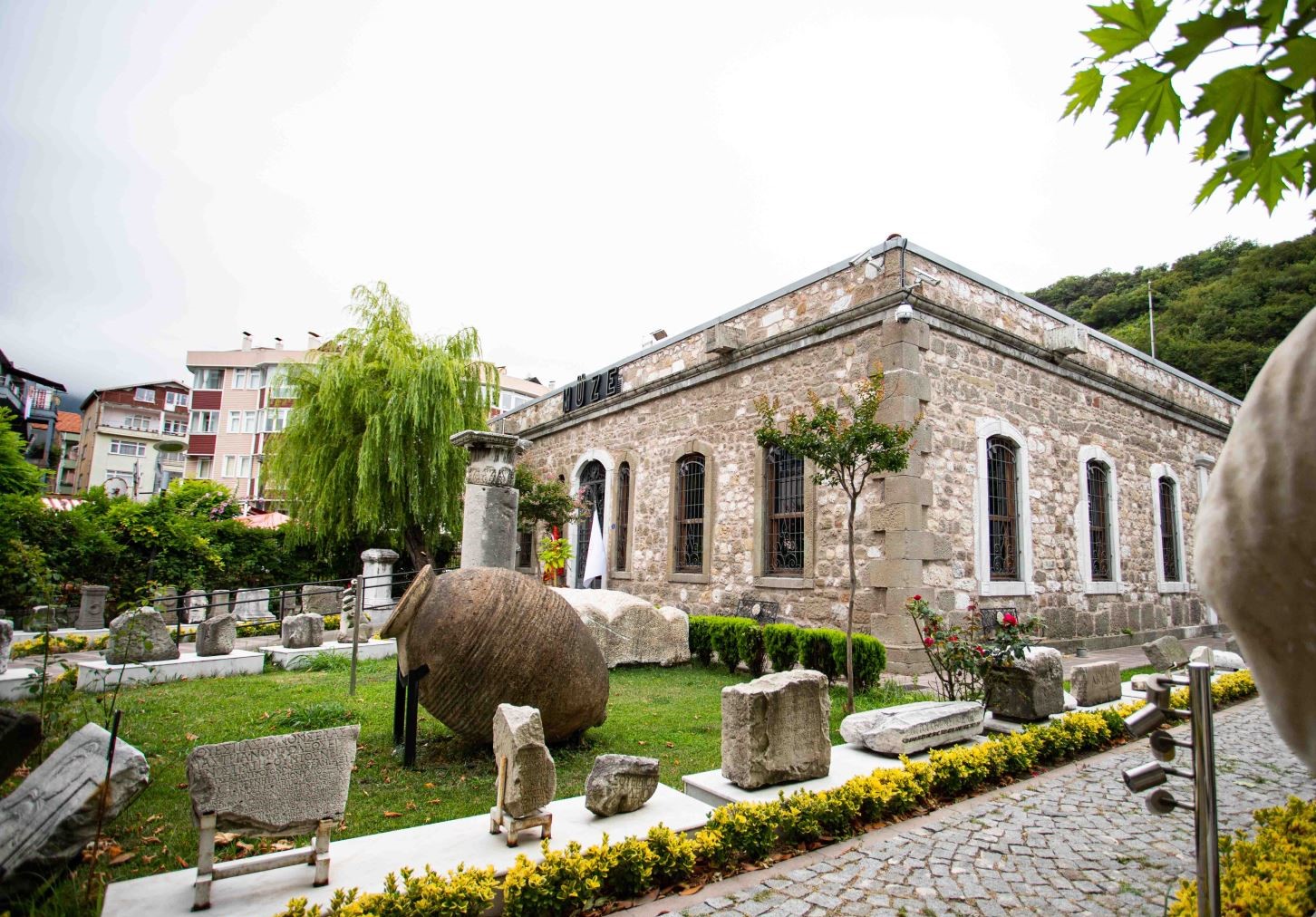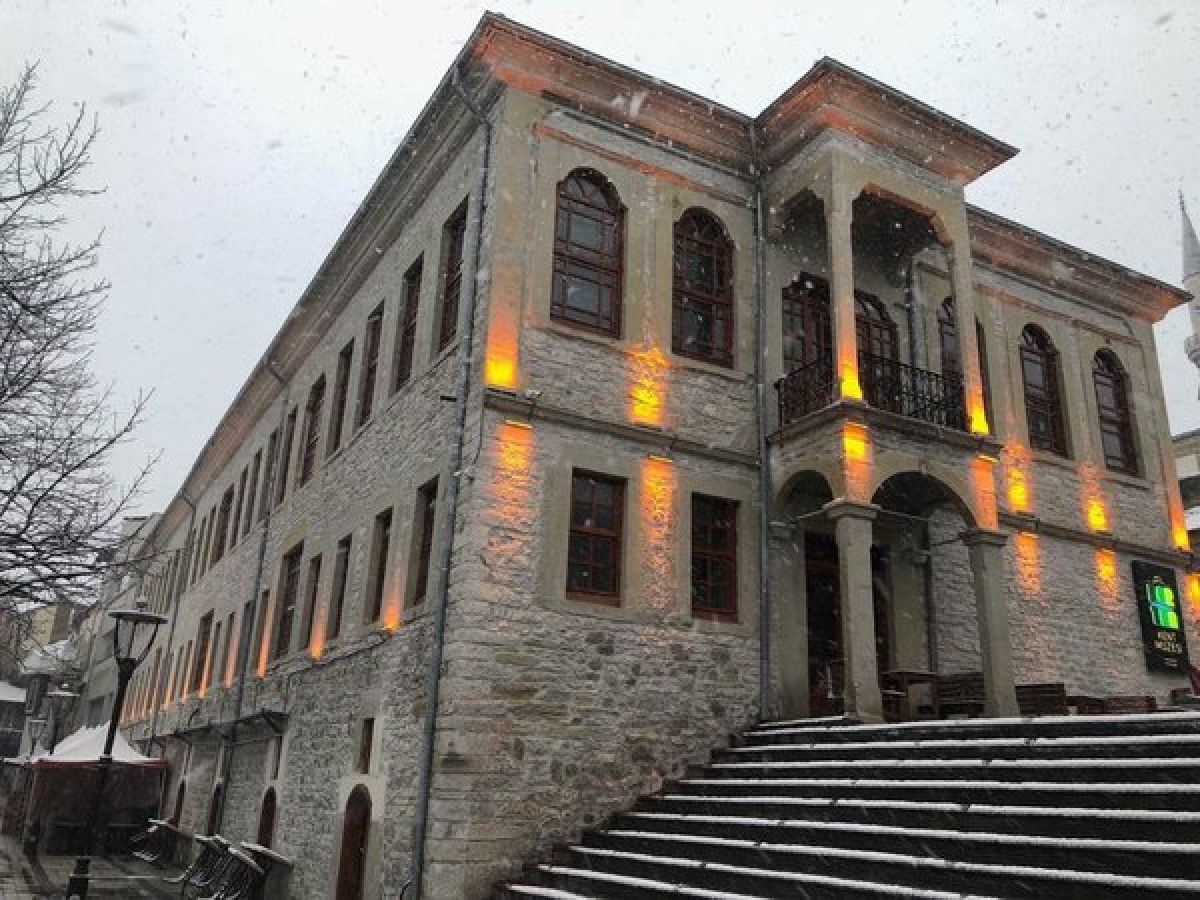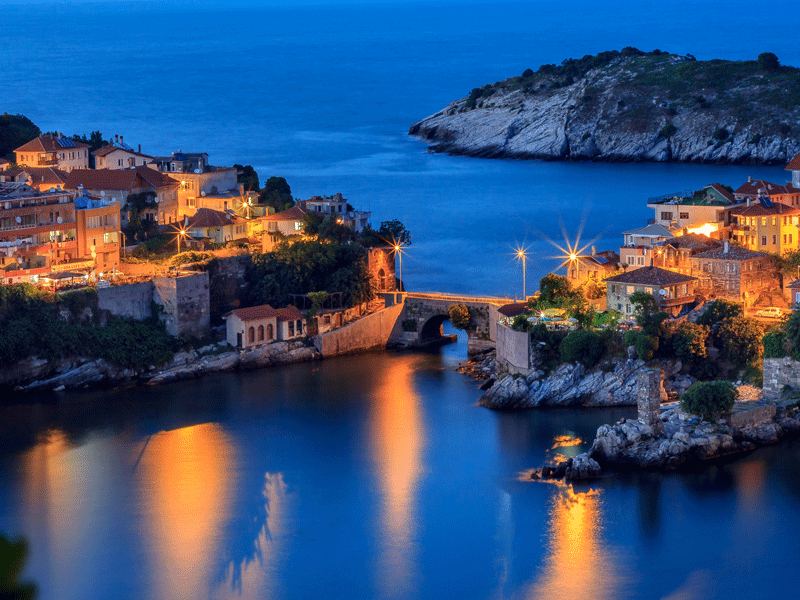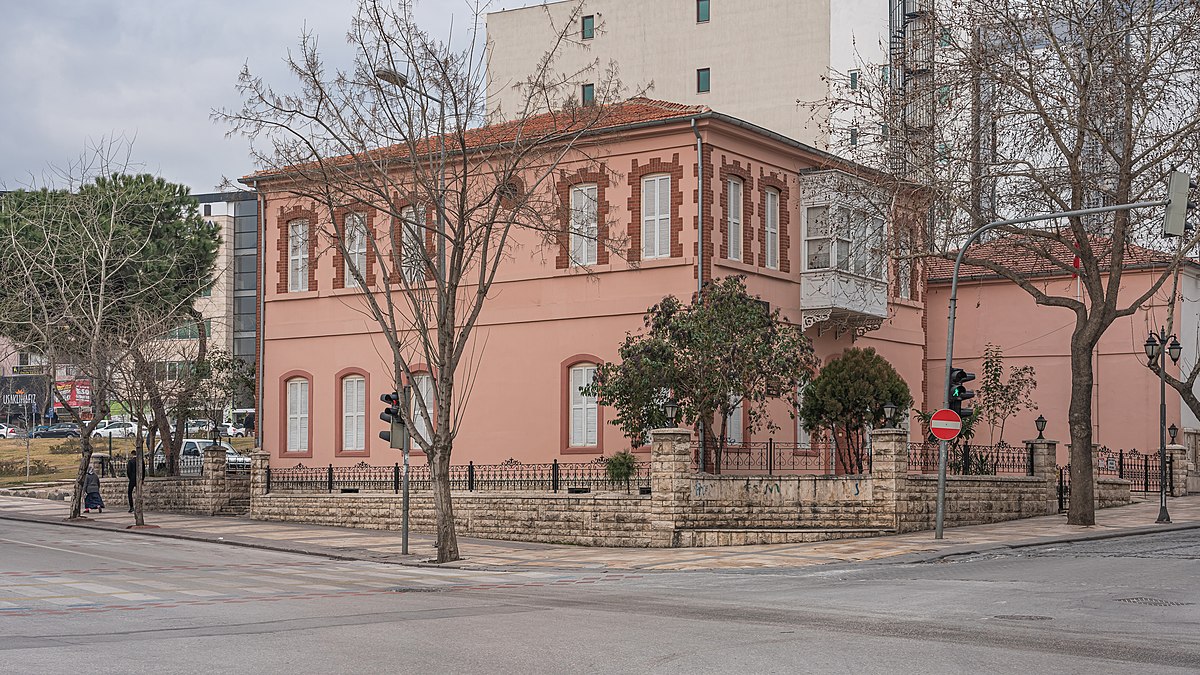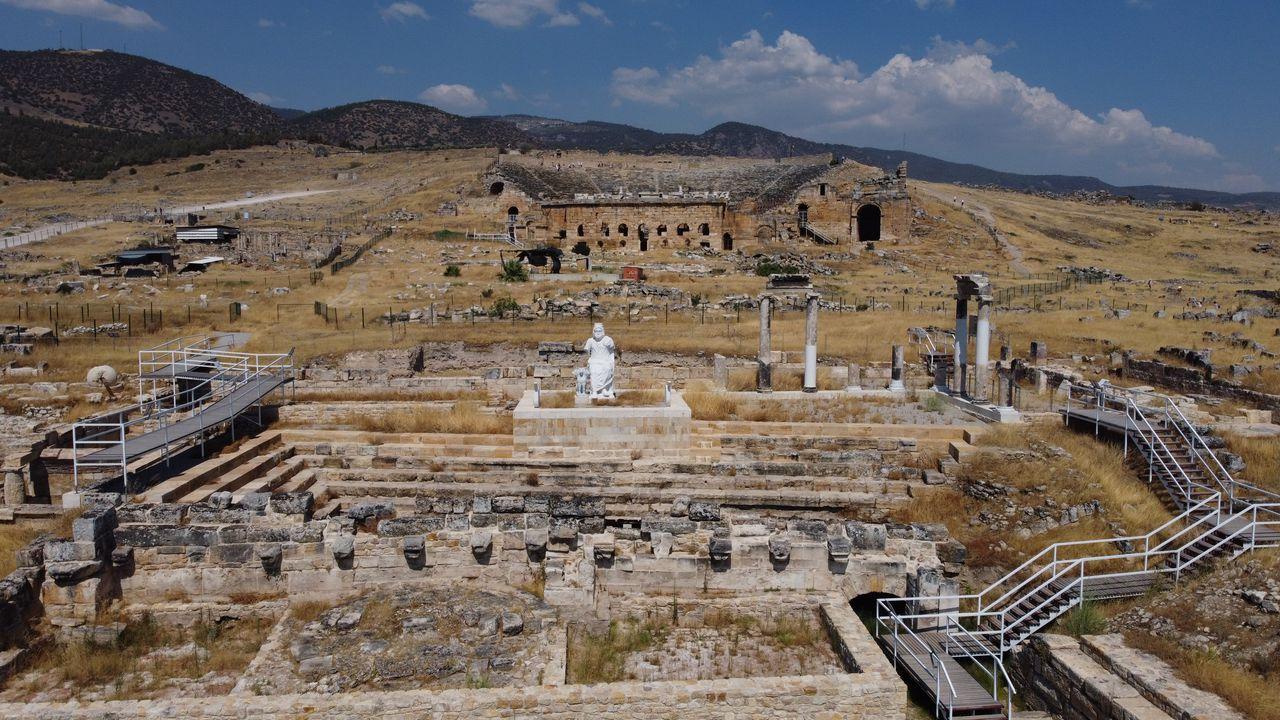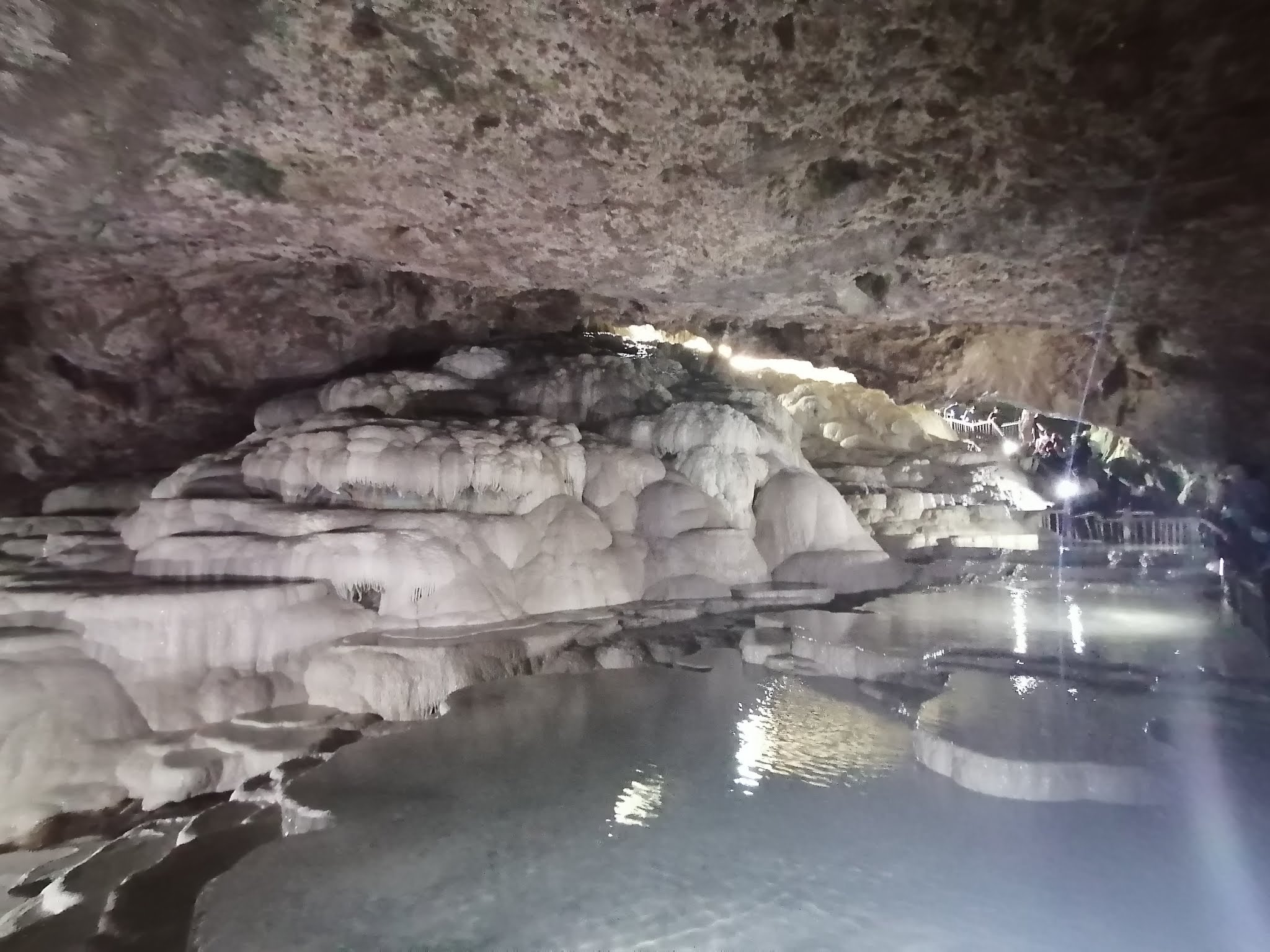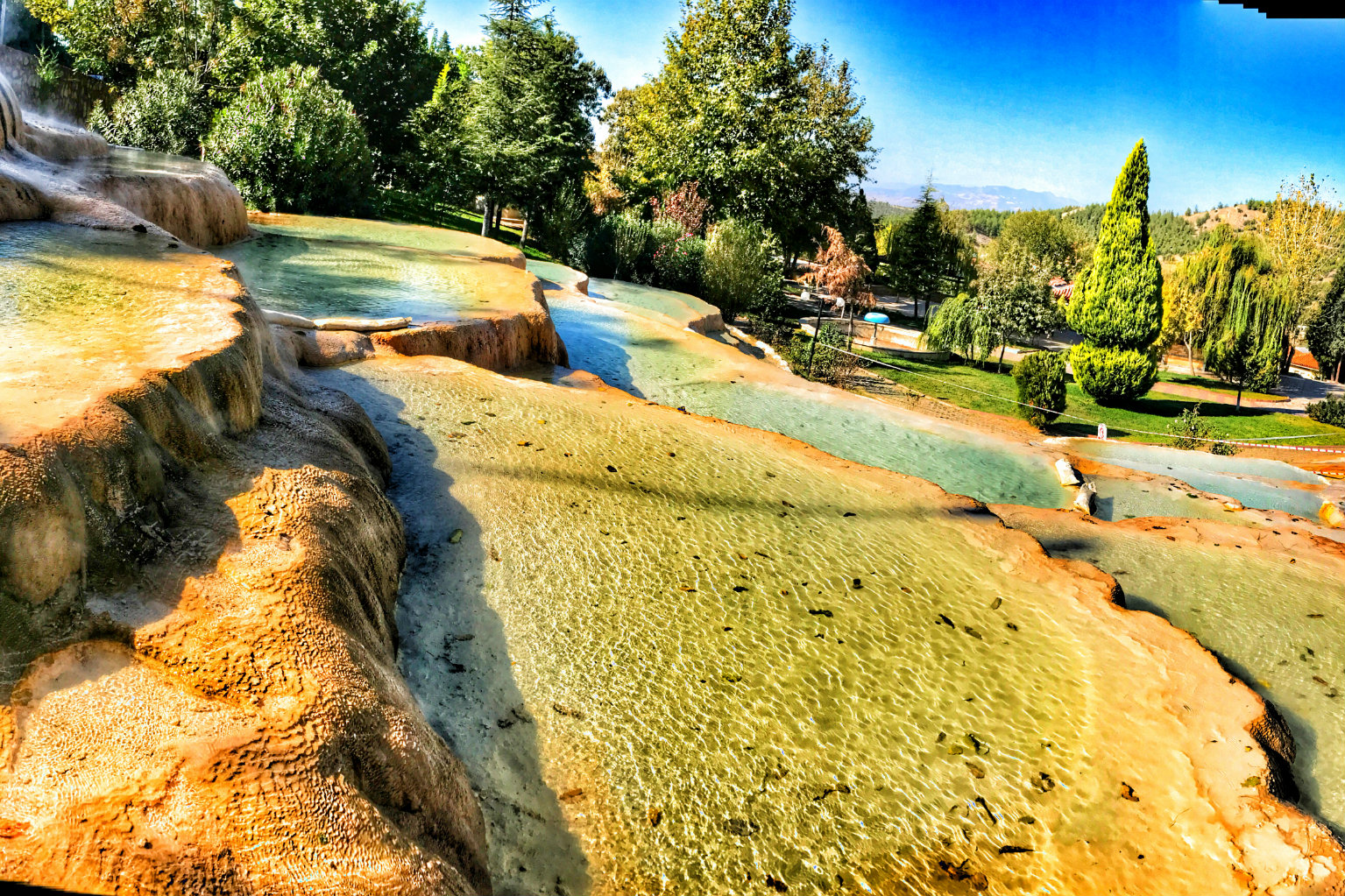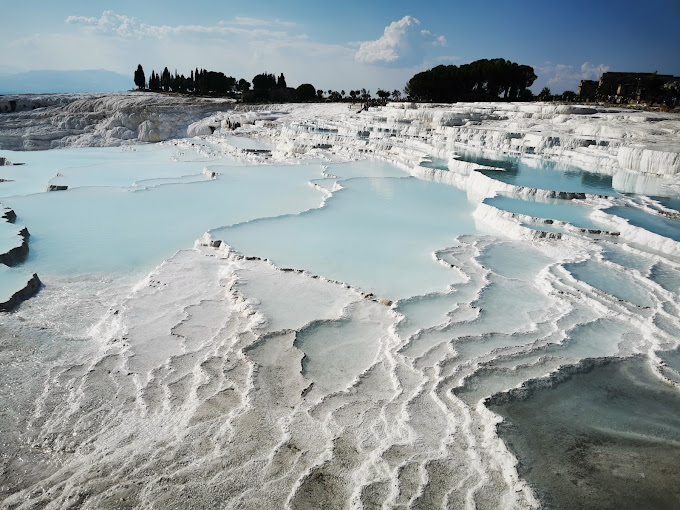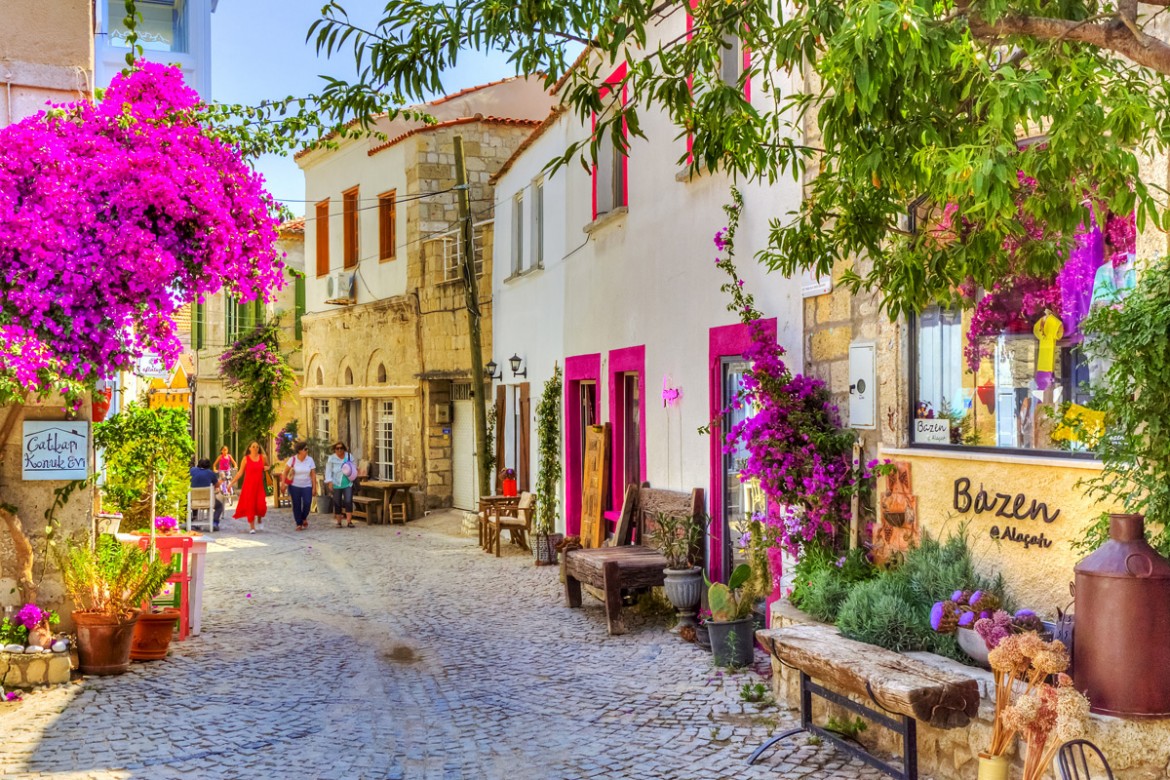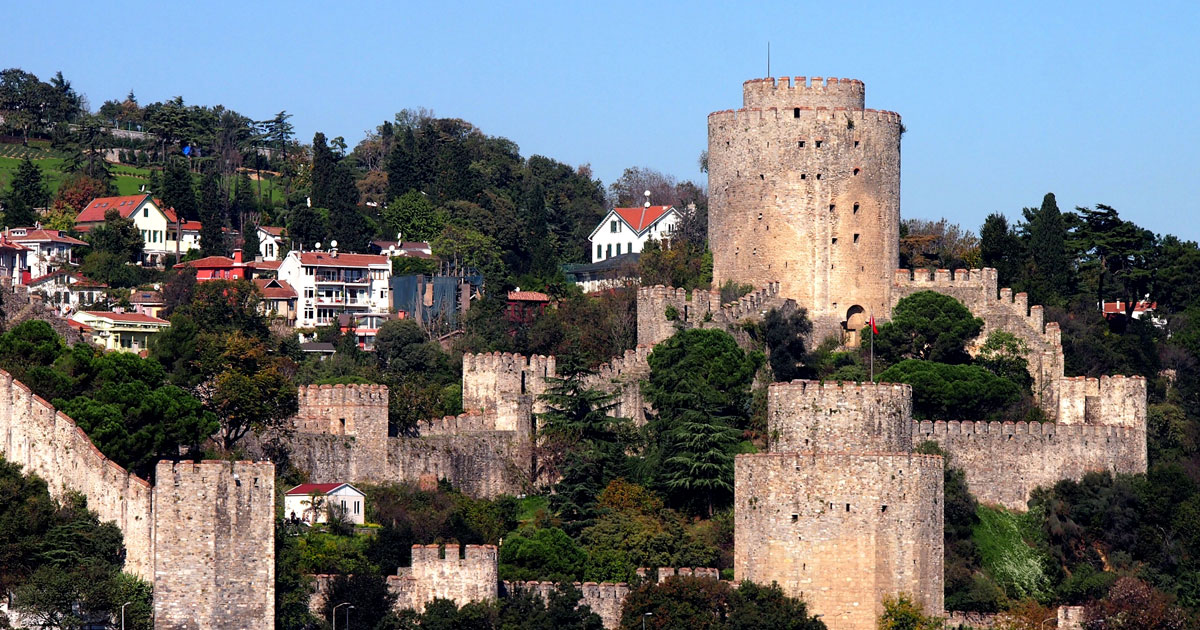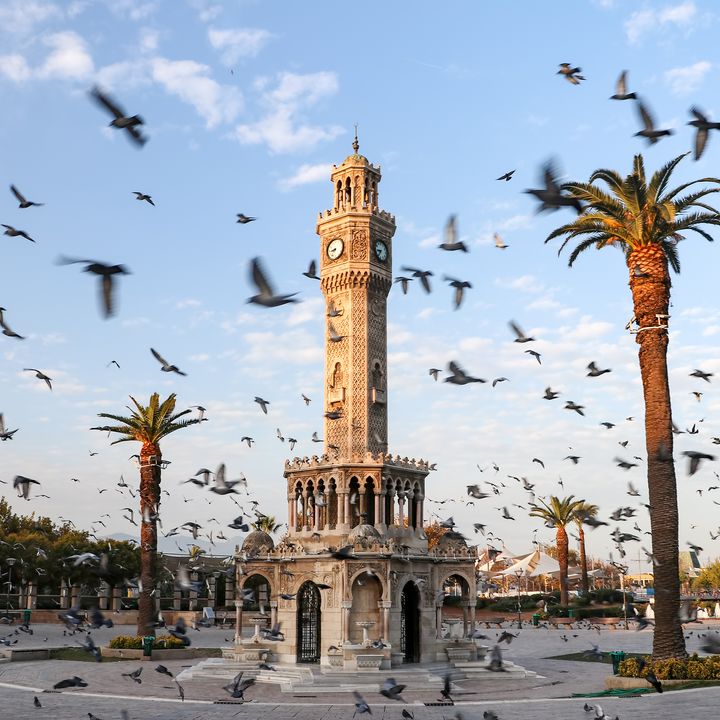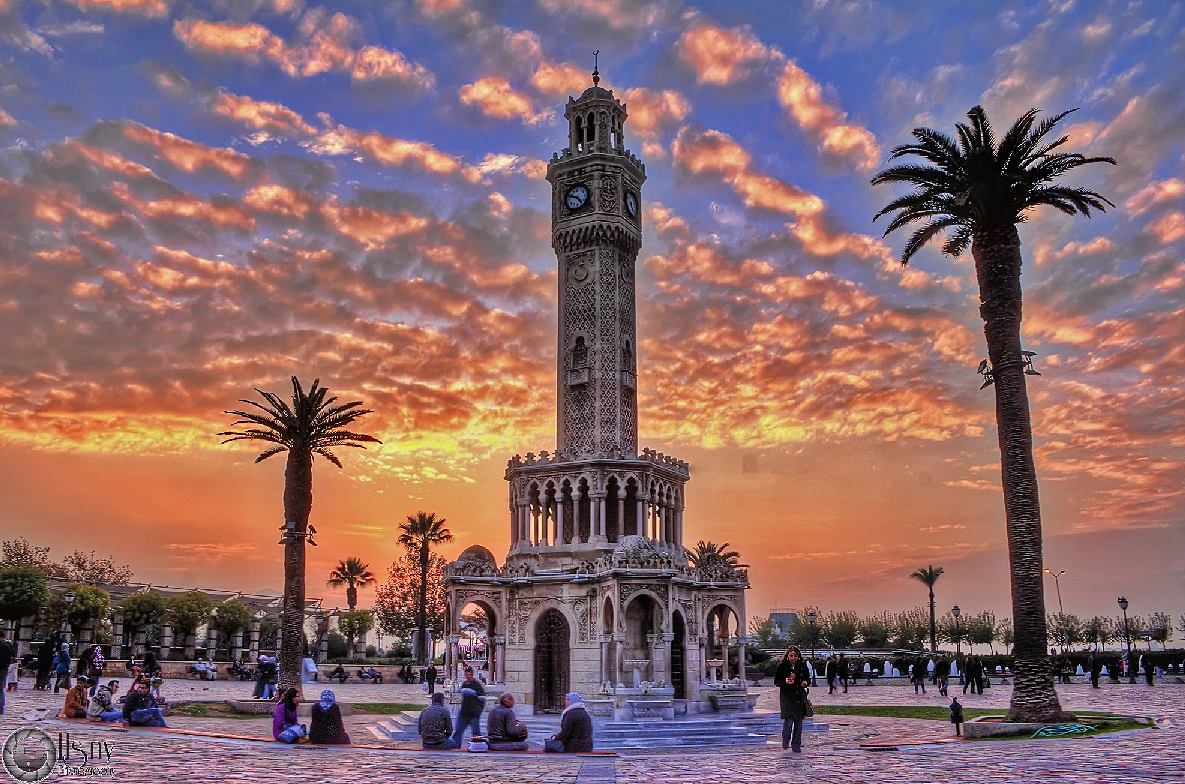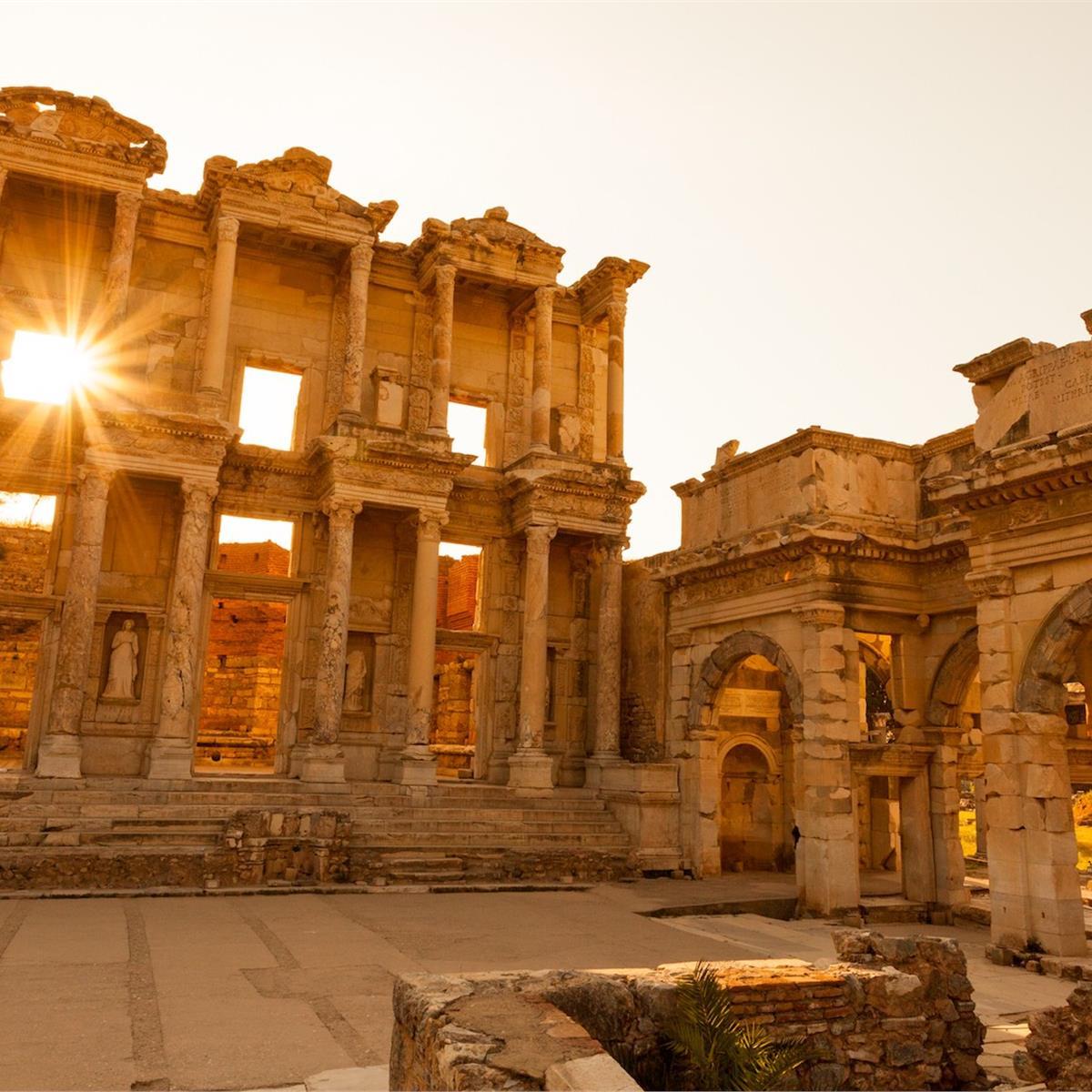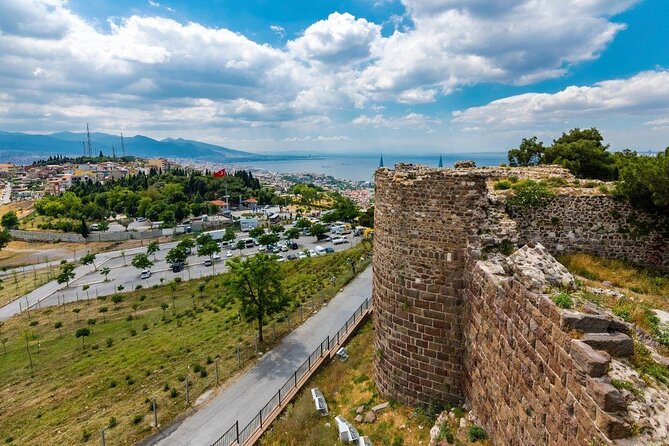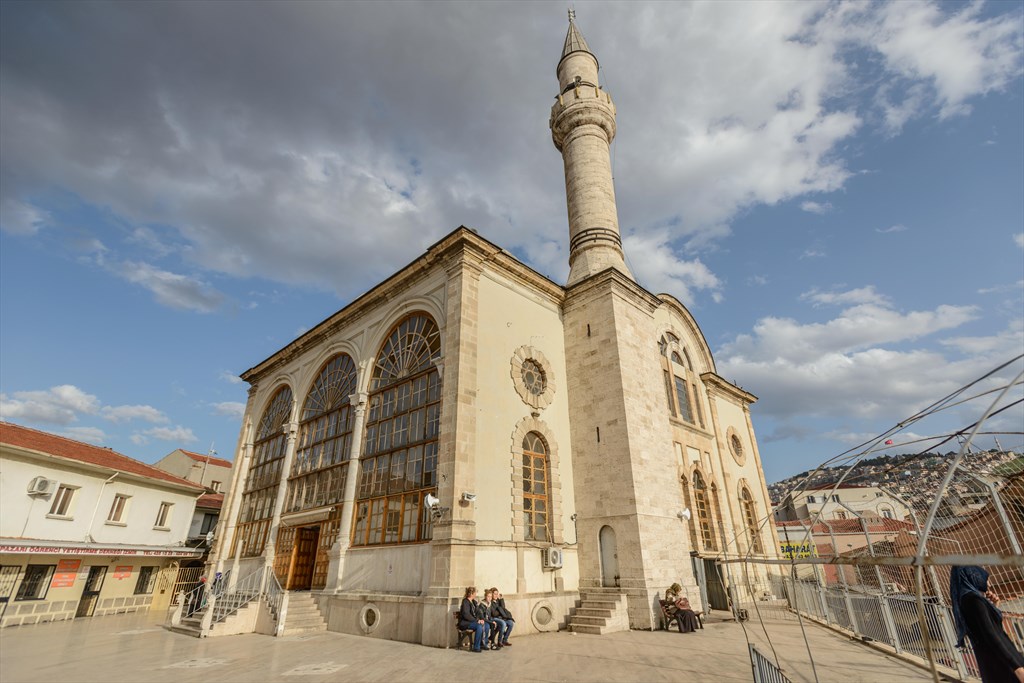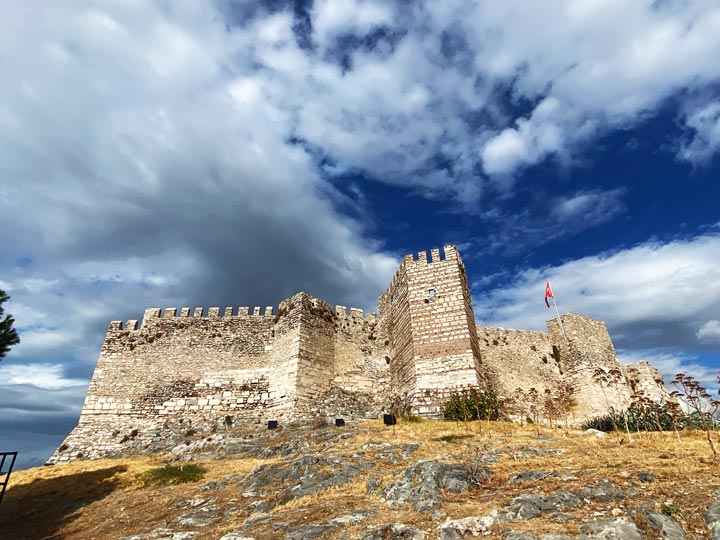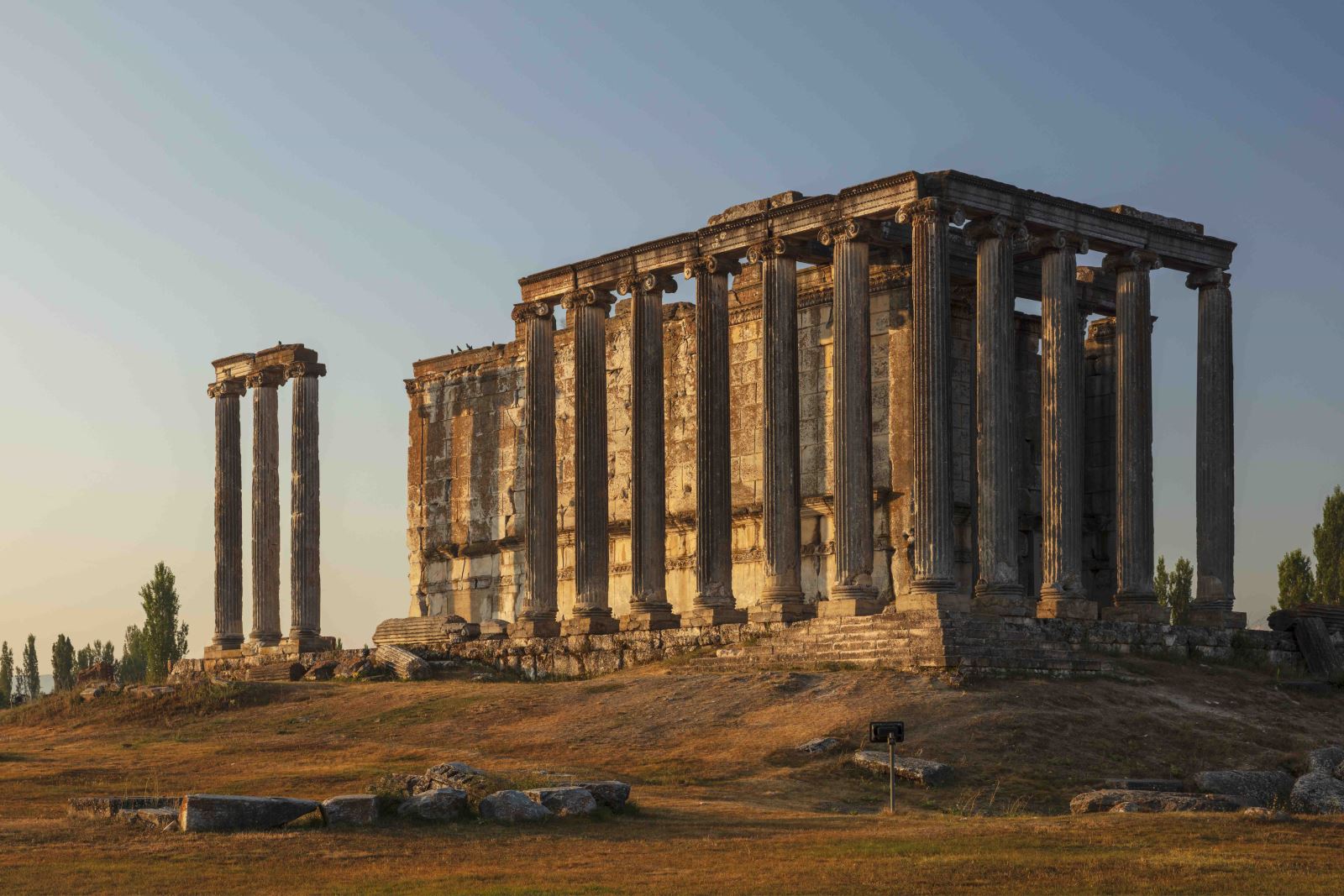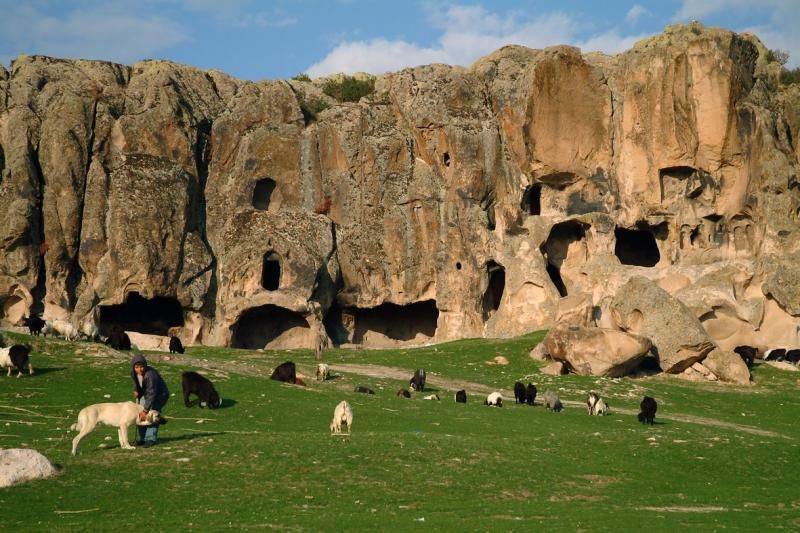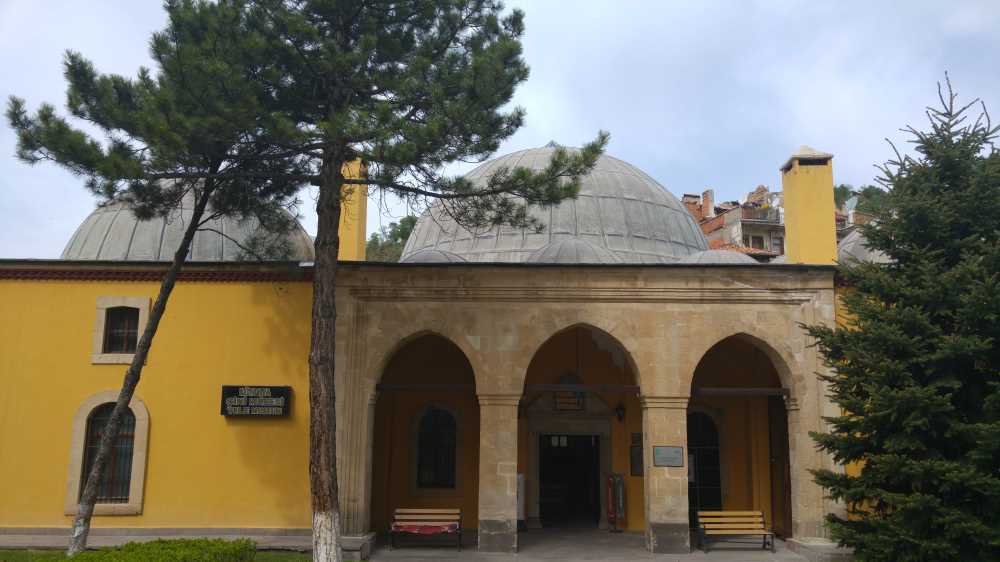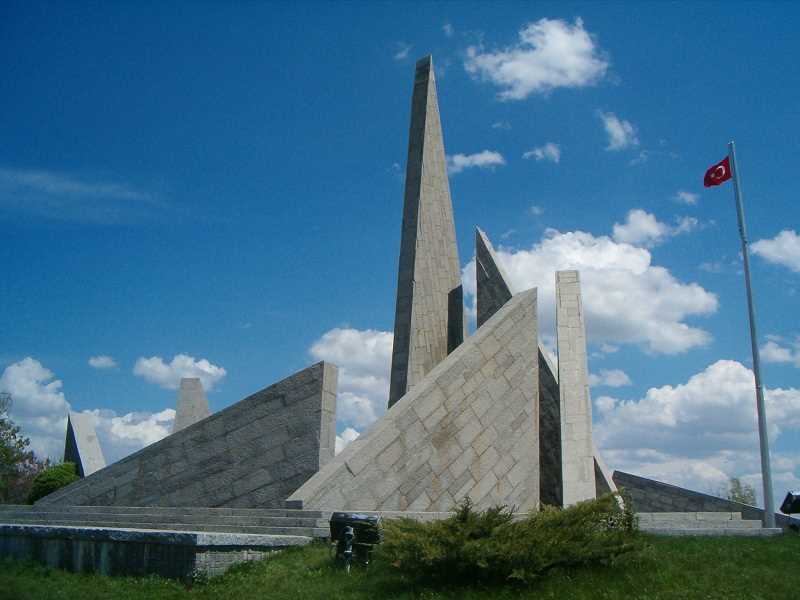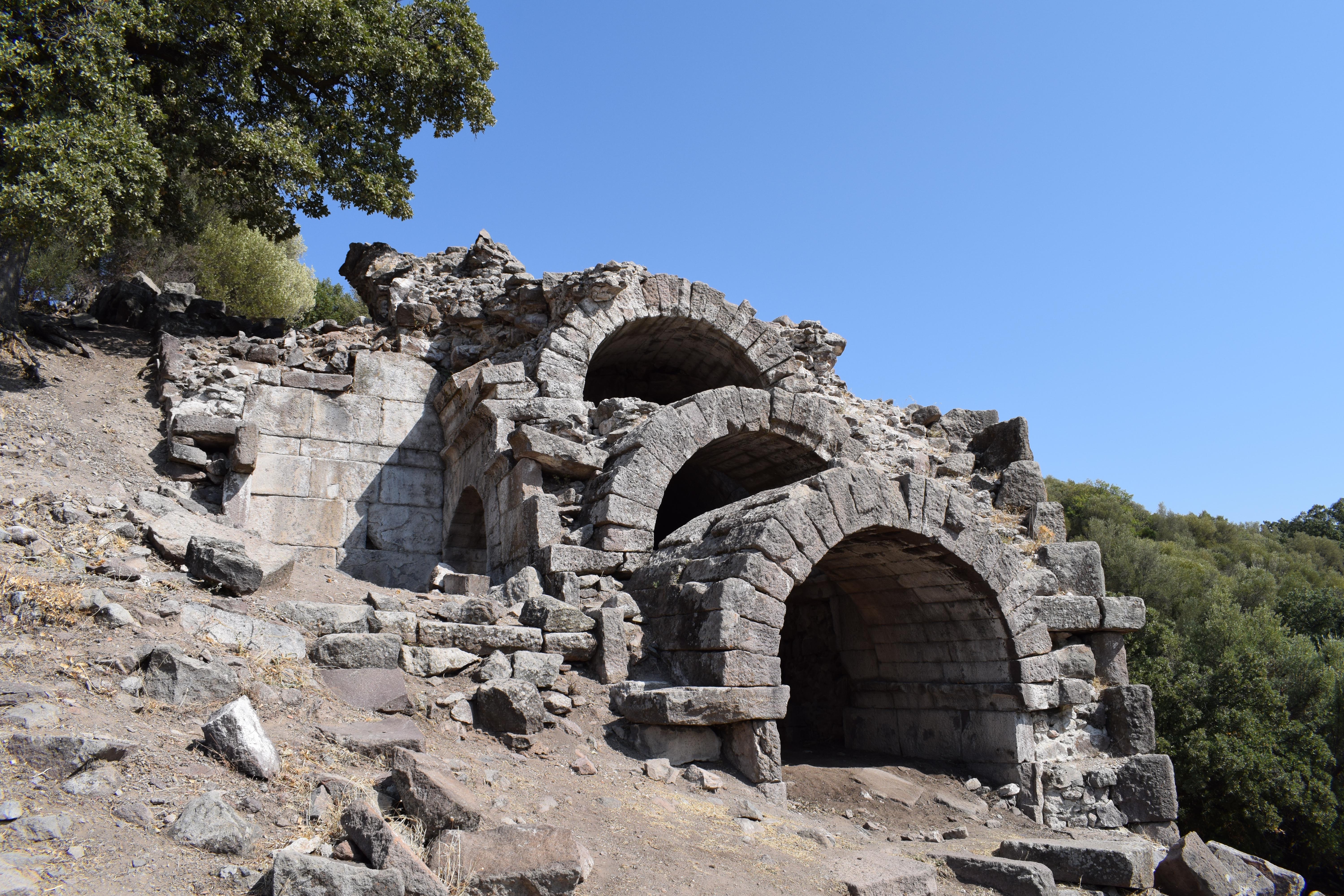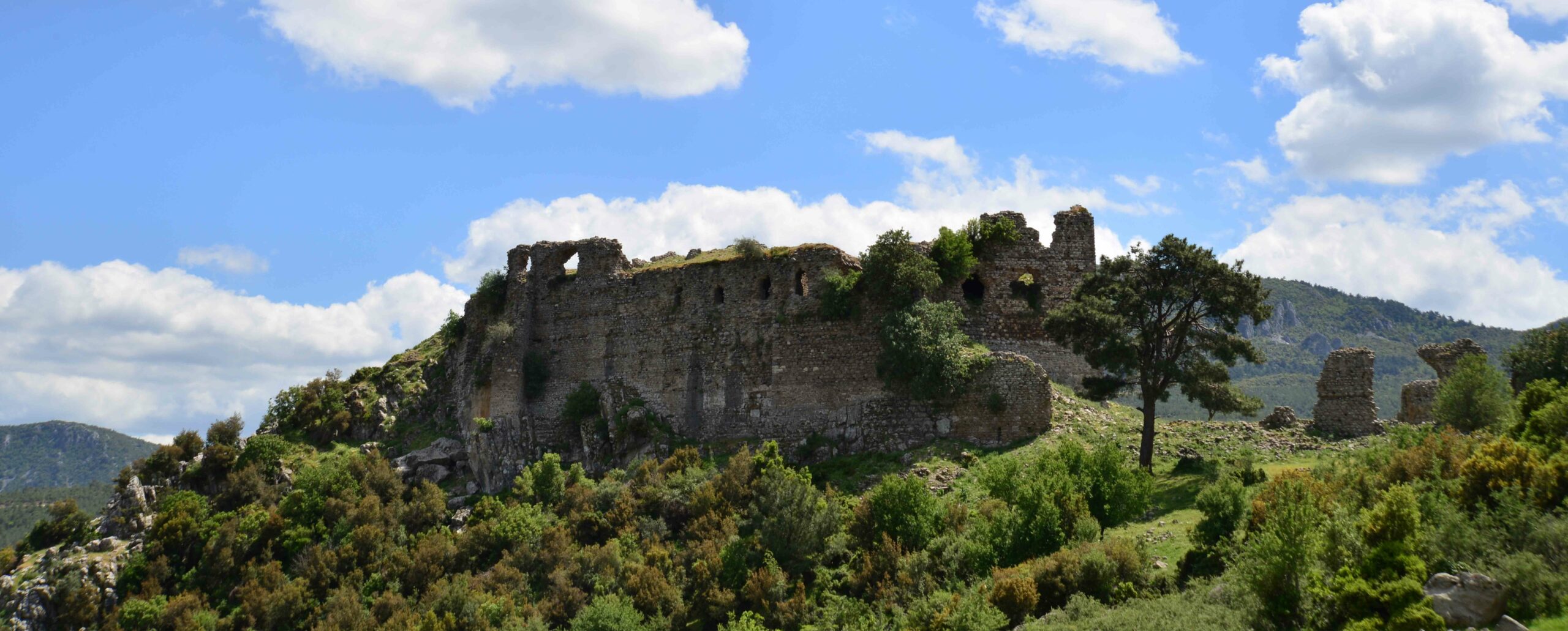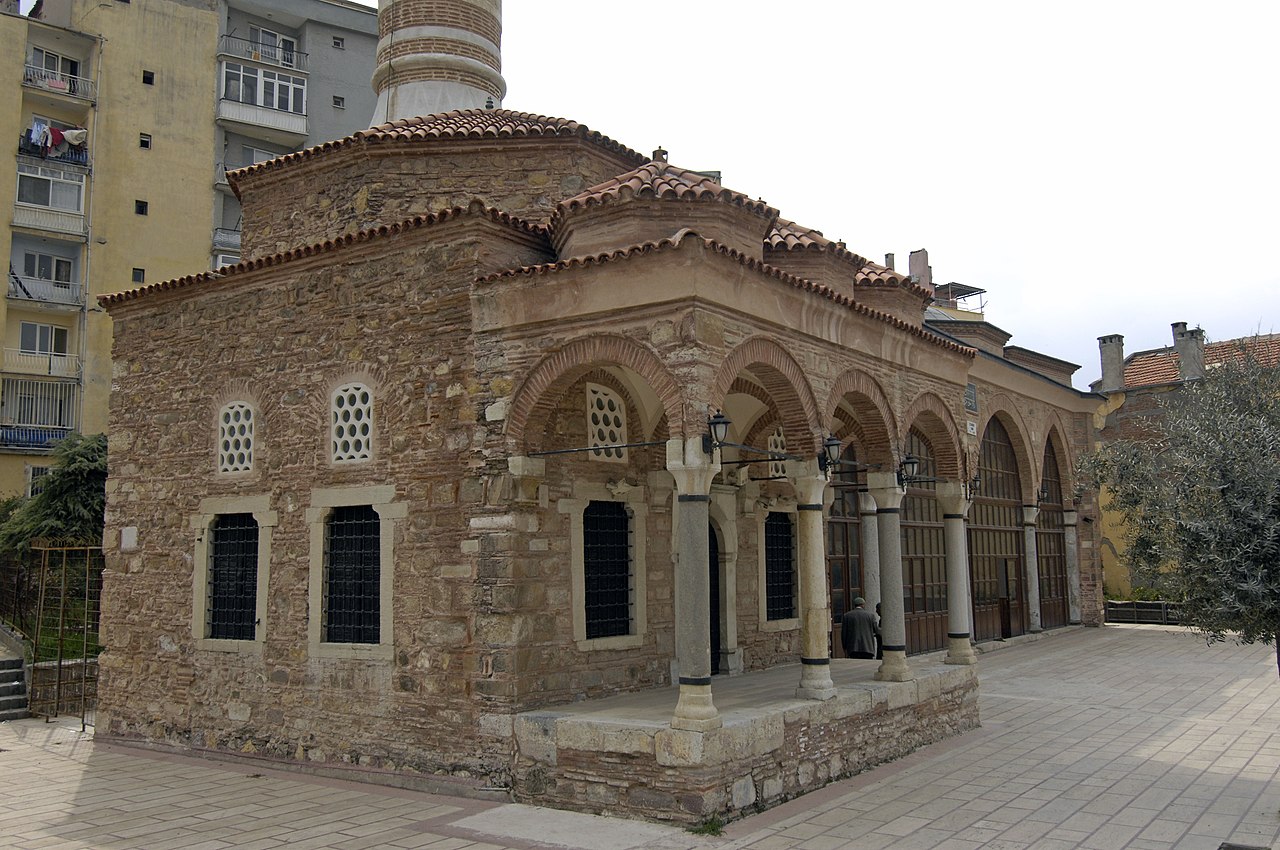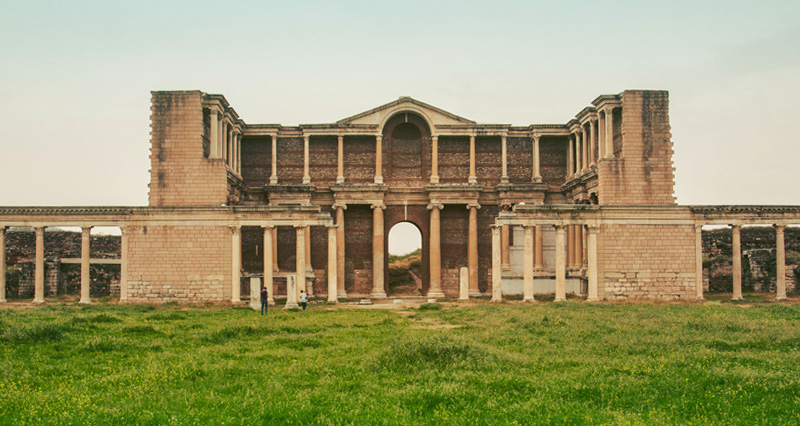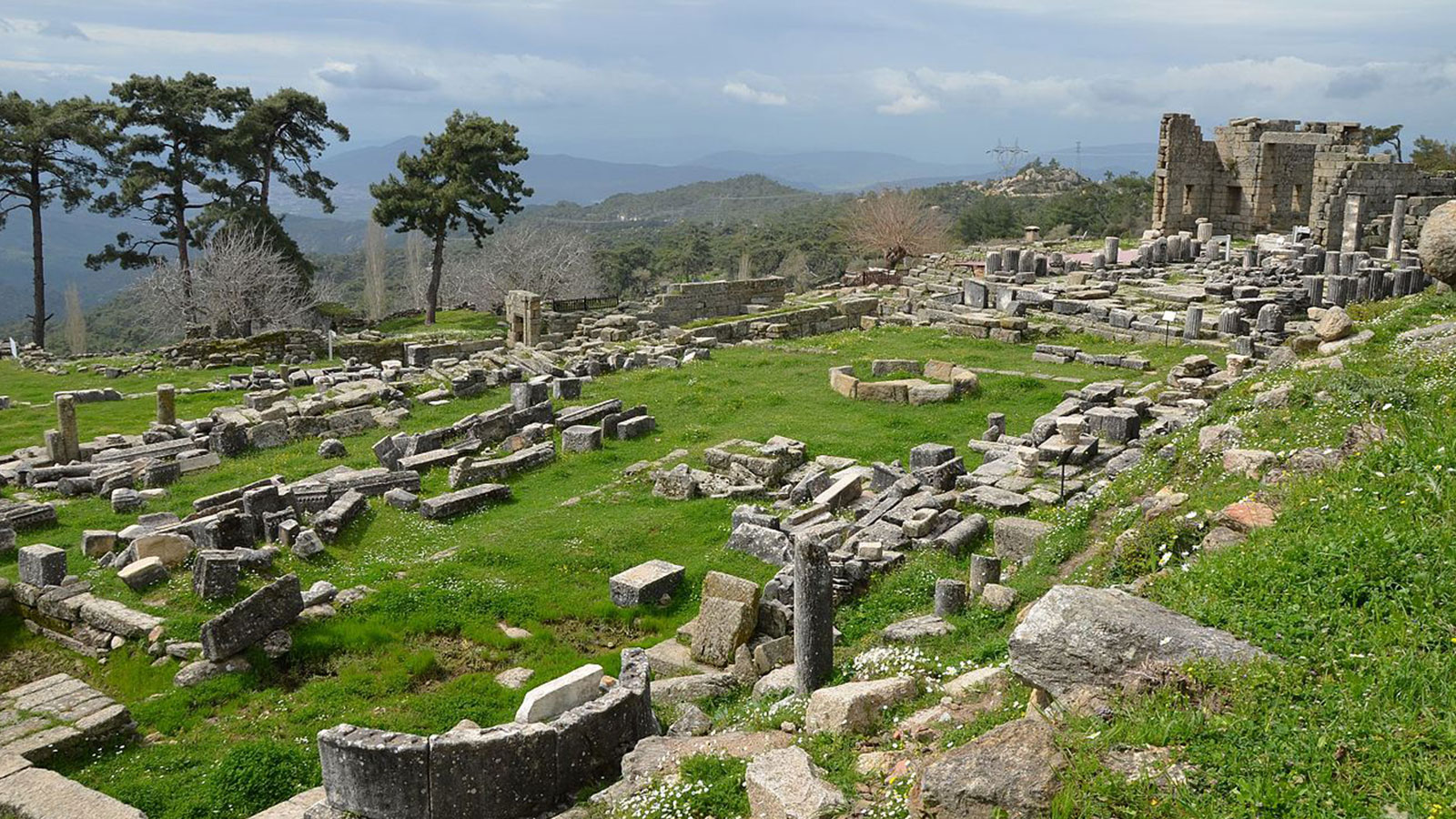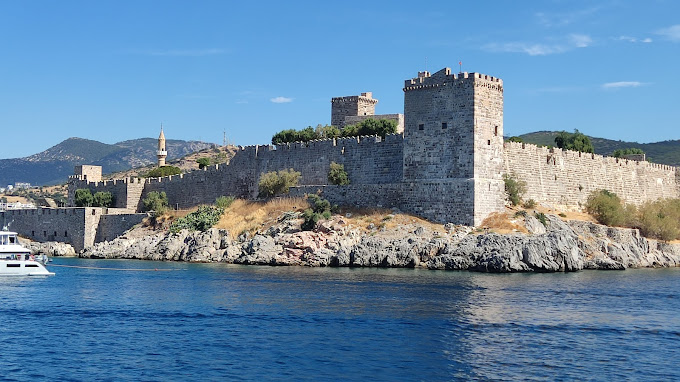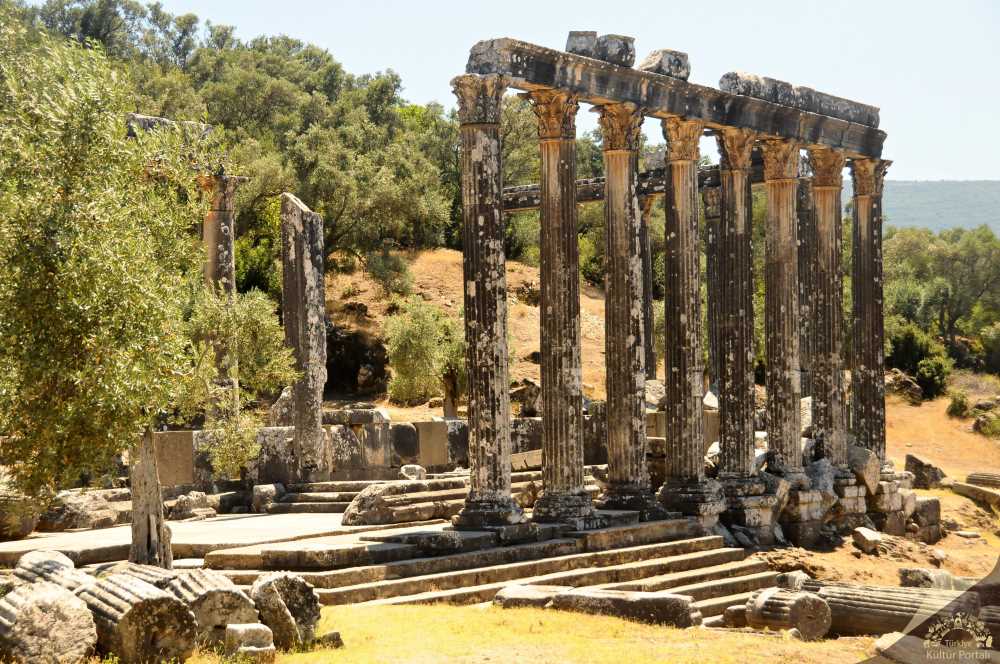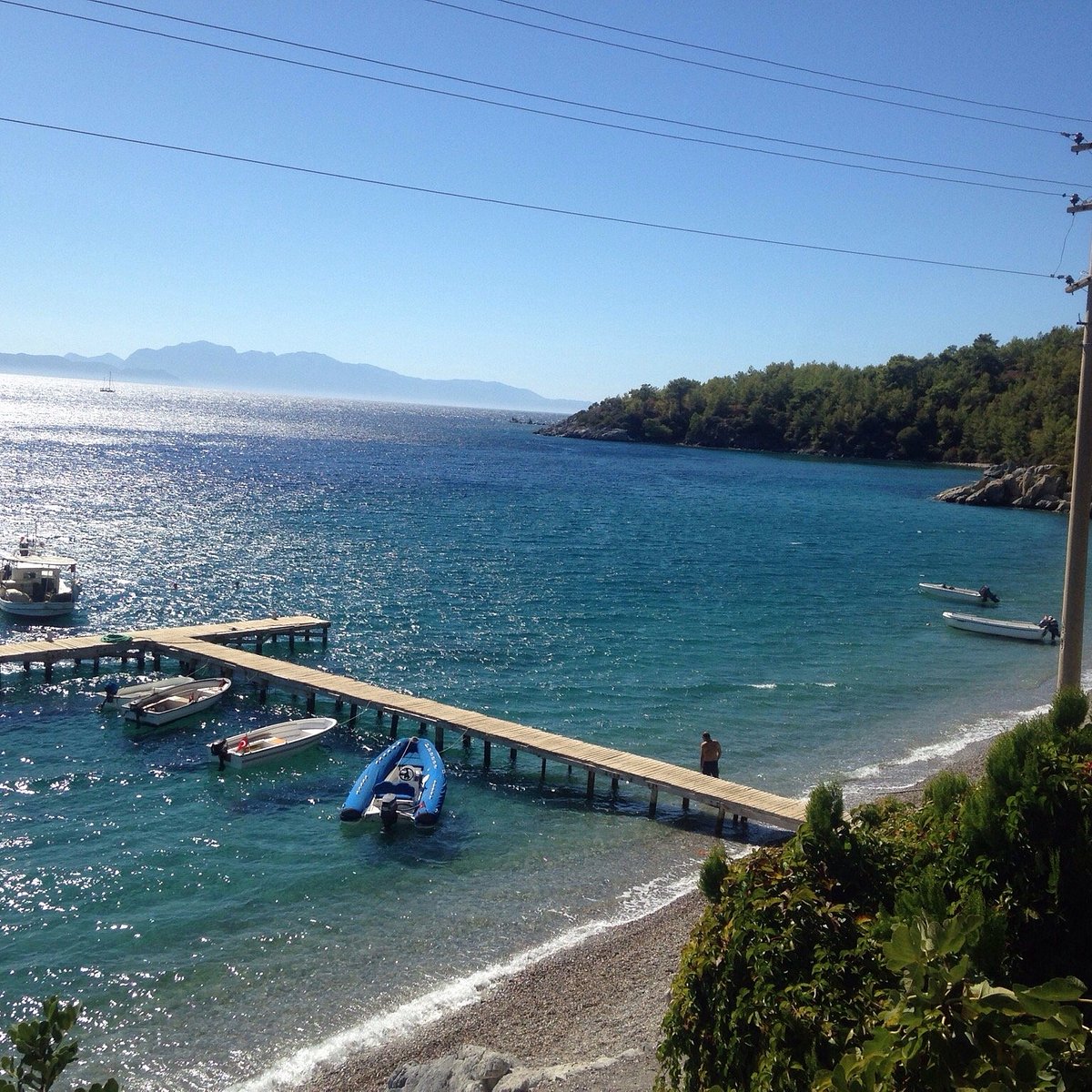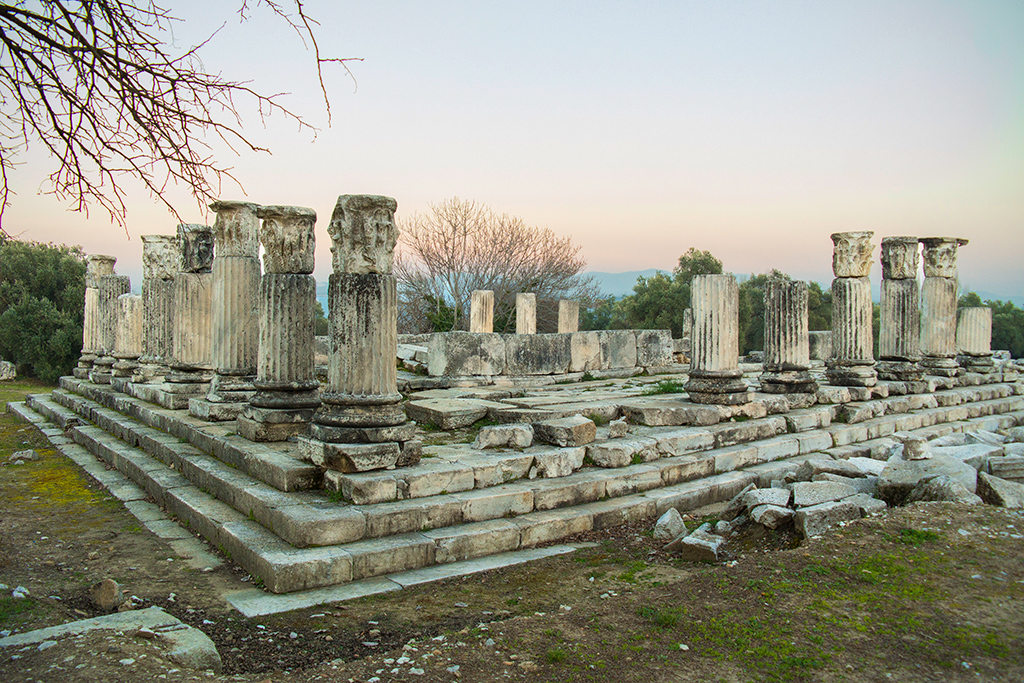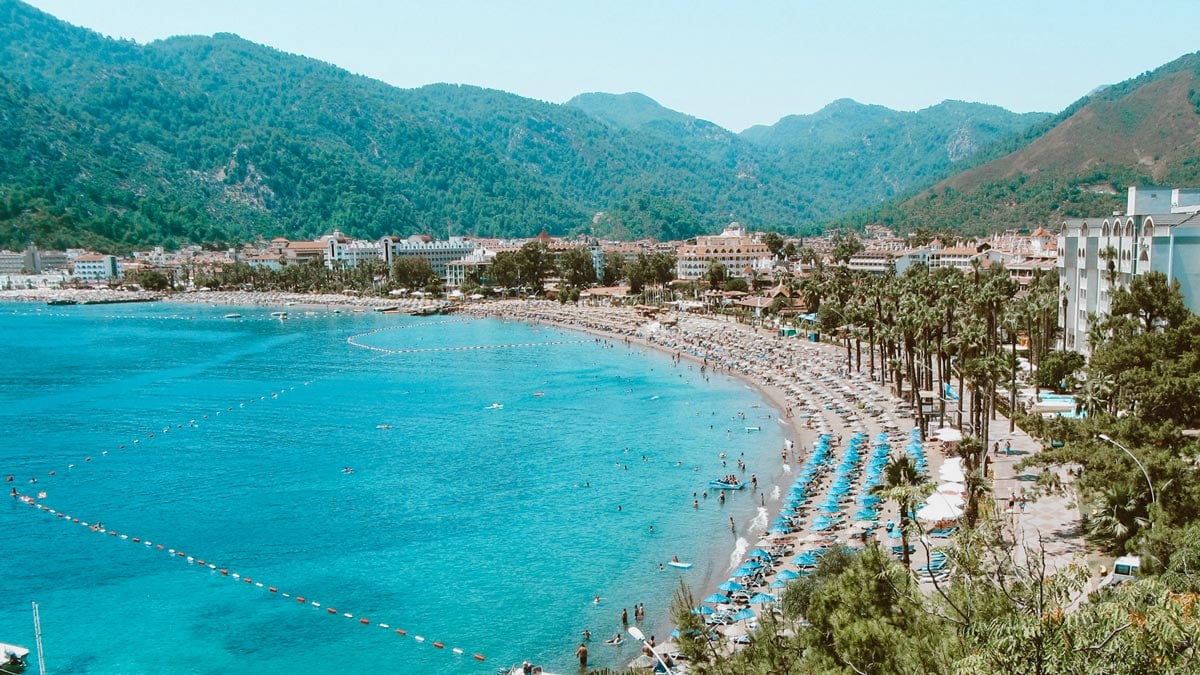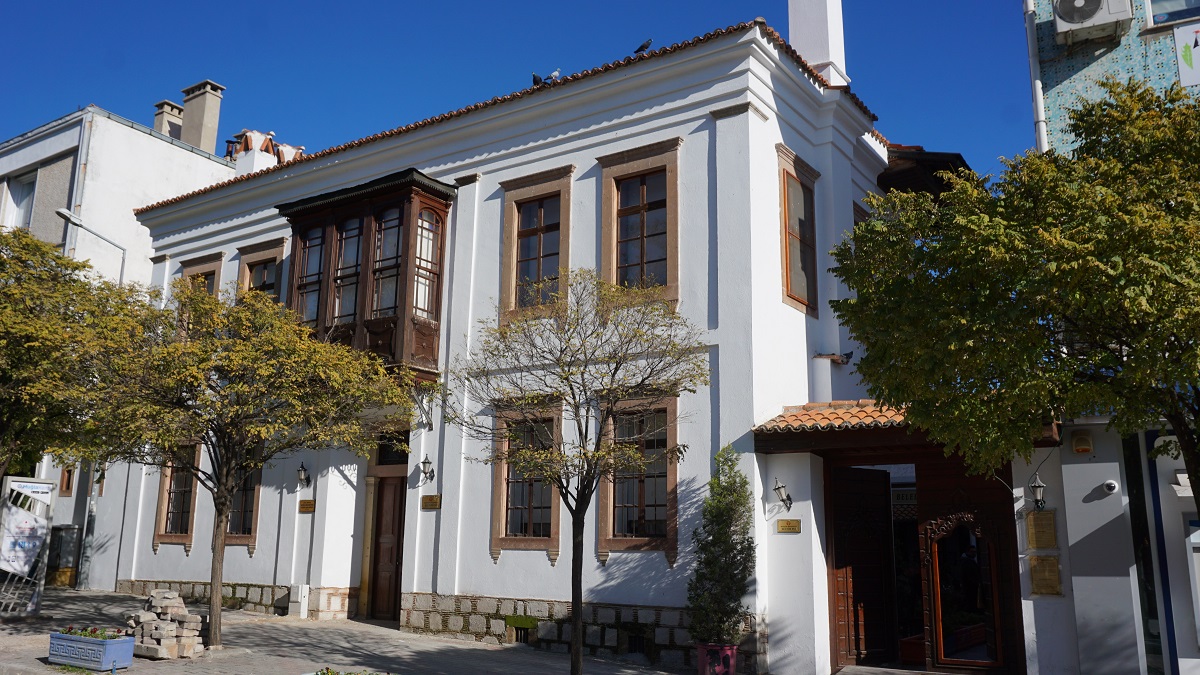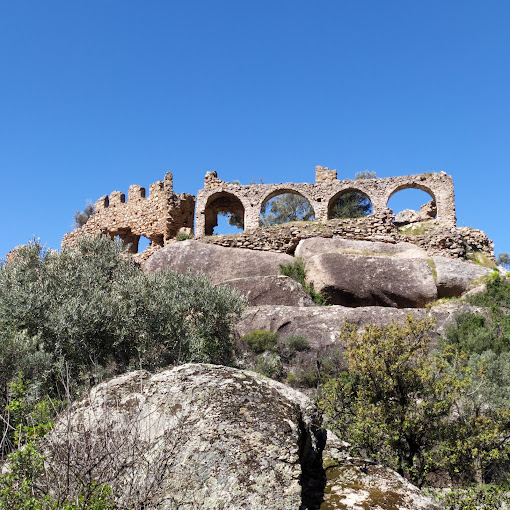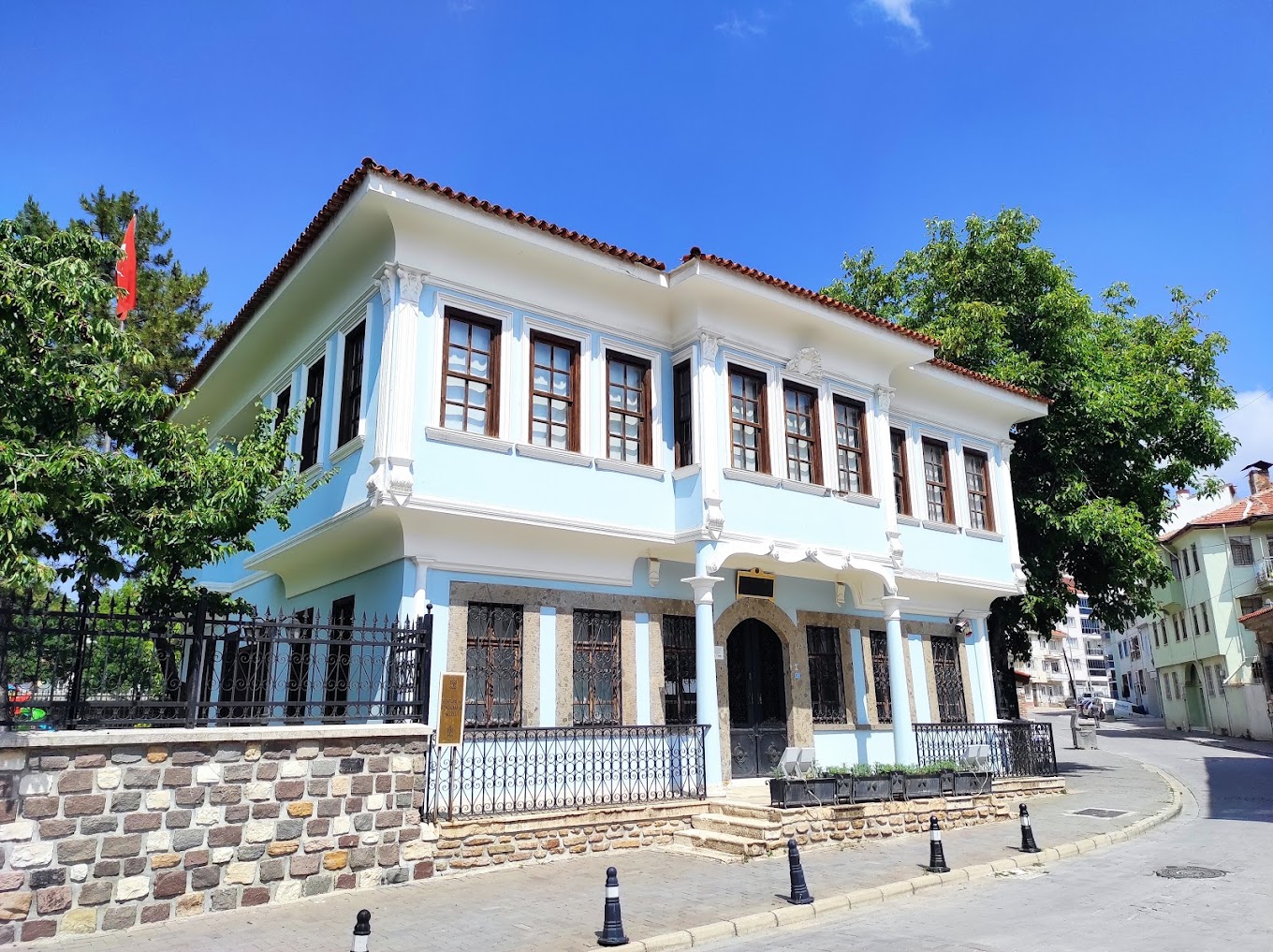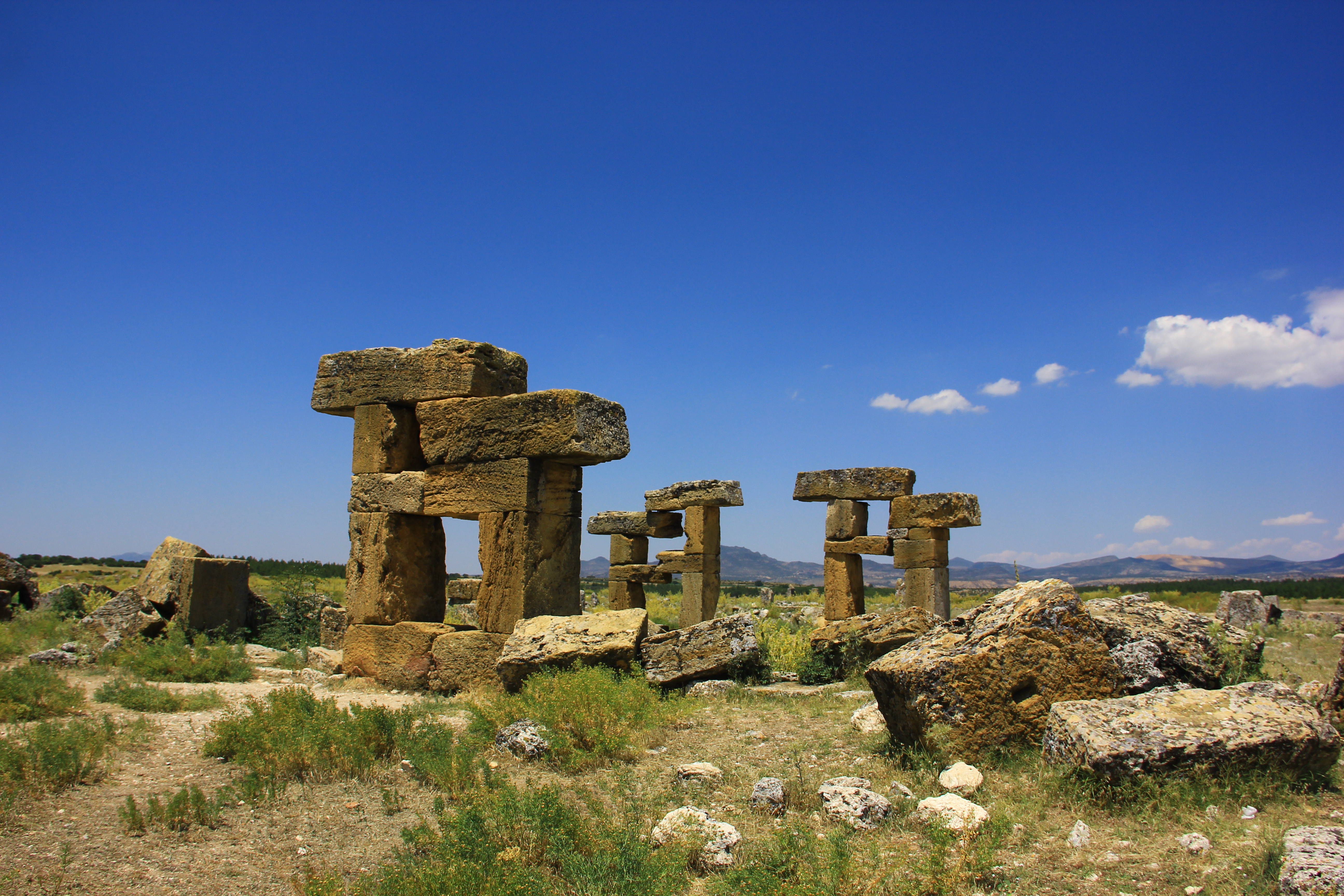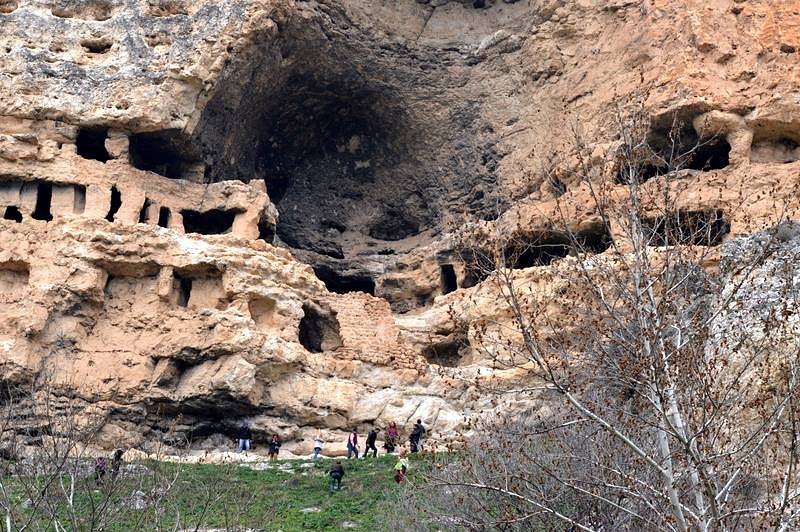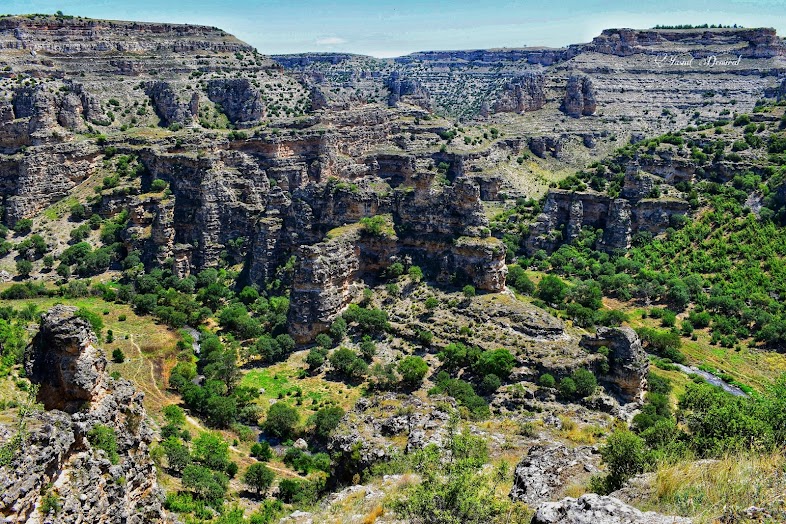Çal
In ancient times, the name of Mososna is the name. The Turks were called with this name until they came to the region. The Turks called the region Çalş and began to be called the region as the region. The name Çal, which means high place or plateau in the dialect of Çokatay, is given due to the natural location of the region. The word "play" also means stony place, bare hill, lime soil. Çal was used as the name of the region, not a settlement center for years. The name of the settlement in the place where Çal is today is the name of Demircikör. The important part of those who settled in the region, because they lived with blacksmithing said that they took this name.
Later, the general name of the region, Çal, became the name of the central region. Similar examples are found in the ground names in Anatolia. In the two inscriptions in Çal, Çal's name is mentioned as Demirci Karyesi. One of these inscriptions is the inscription at the entrance of the Bazaar Mosque Minaret dated 1267 (1850). The other is the inscription dated 1247 (1831) mounted on the garden wall in Fakıoğlu Mosque.
However, the fact that the first Ottoman documents related to play cannot be found in the name of the blacksmith and the use of the name "Cal" shows that this change took place in the previous periods. As a matter of fact, it was used in almost all documents mentioned by Çal. Especially since the 17th century, it has become an accident center, and it began to be used in Cal Center, the general of the region. The use of Demirkikör in the inscriptions dated 1831 and 1851 mentioned above should probably result from a local use. In other words, in the previous periods, the accident center was called as playing by official authorities and this name began to be used; Demirkikör, which is the name they are accustomed to among the people, must have continued to be used. As a matter of fact, according to this approach, we can explain the use of blacksmith names in the inscription of two mosques in the center.
During the Roman Empire, there were various ruins of Cal, where the Anatolian Seljuks came under the rule of the Turks. The establishment of the Çal region is based on 1072. The Turks from the Seljuks from the neck of Kayi have settled in the region with the Bosphorus today. Hüsamettin Dede, who came to this region after Abdi Bey who founded the beach, then conquered his transfer and transfer. Until the end of the 19th century, until the end of the 19th century, the name Demircikön began to be known as the end of the 19th century. Ii. Çal, who joined the Ottoman lands during the reign of Murat, remained connected to Kütahya Sanjak until 1849, when he was affiliated with Karahisar-Z Sanjak. In 1885, Çal Aydin was an accident connected to Denizli Sanjak in 1886. During the Turkish War of Independence, Çal Kuvayi National Resistance prevented the occupation of Çal by the Greeks. Çal Mufti Ahmet Izzet Efendi was given a medal of independence for his services during the war of independence.
The Cal region is also known as the place of Dionysus, one of the 12 Olympos gods. According to some rumors, the fact that wine consists of the world is Dionysus that it is the god of wine. At the same time, the ancient Dionysosopolis, where the theater is played for the first time in the world, is here and a special importance.





